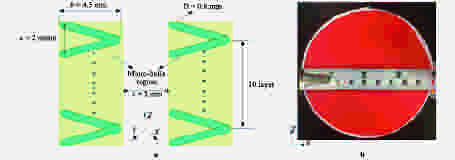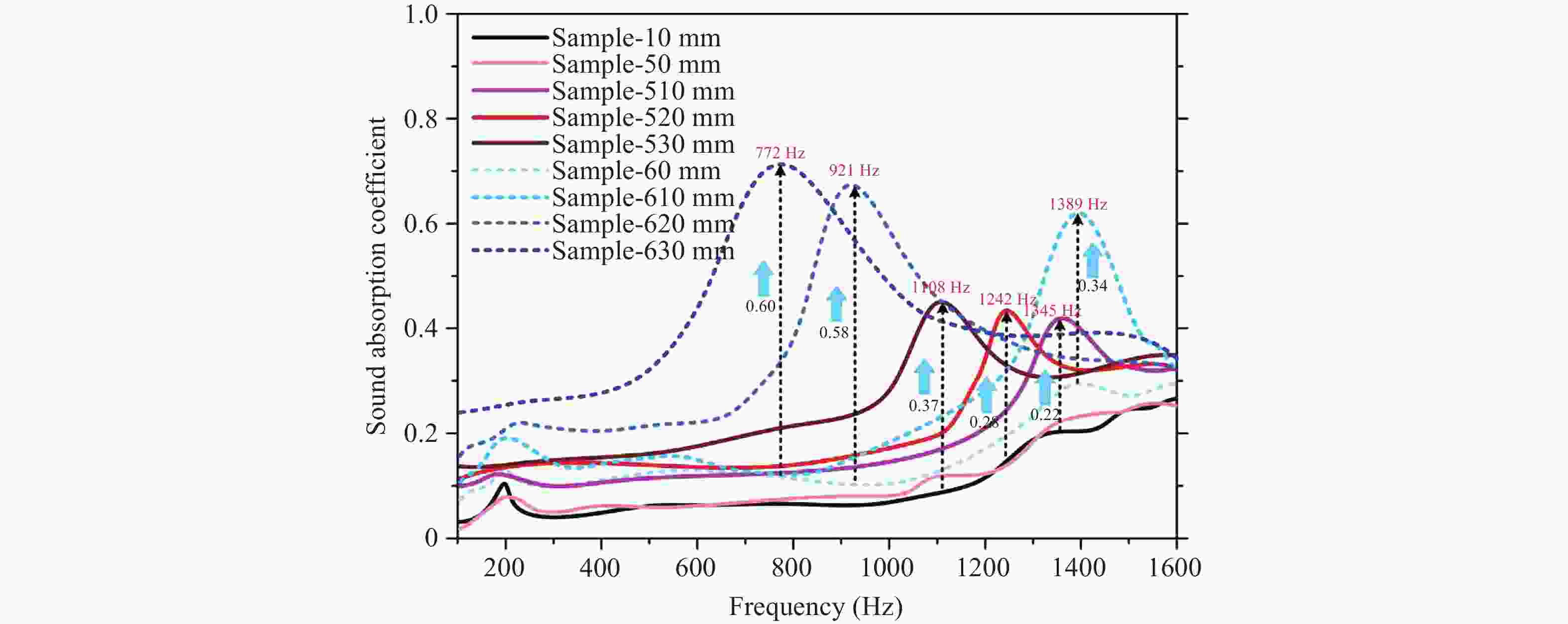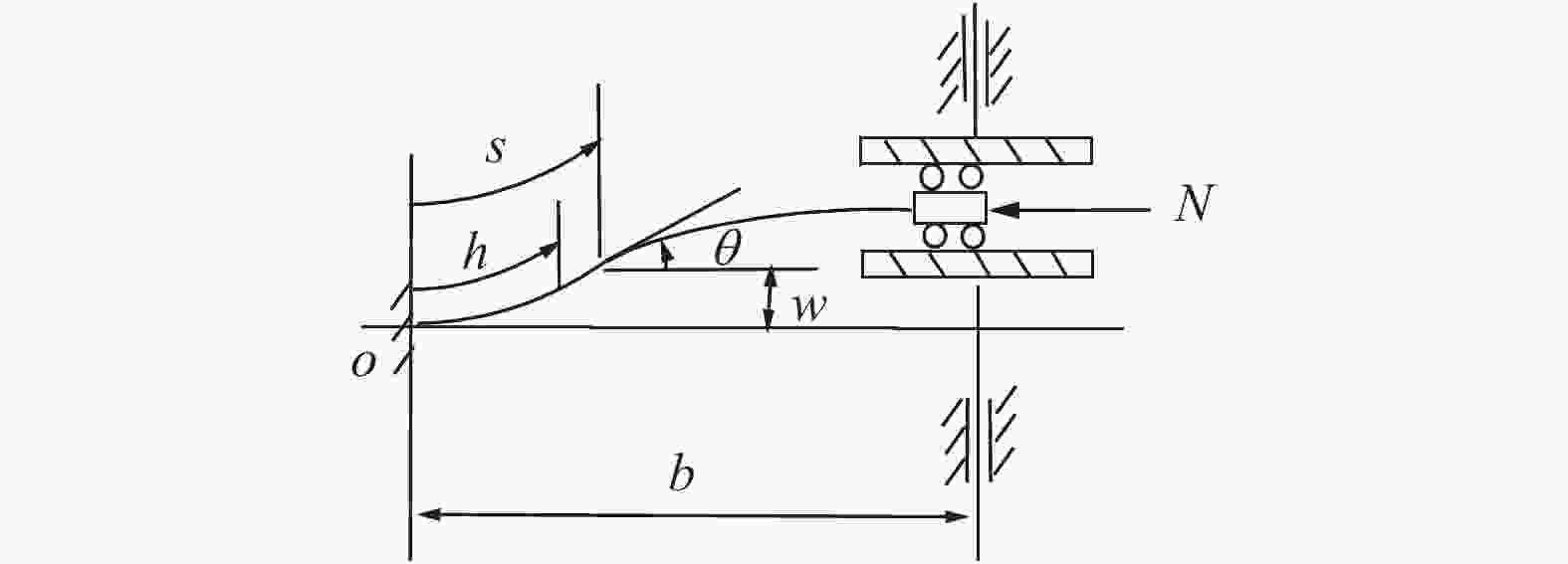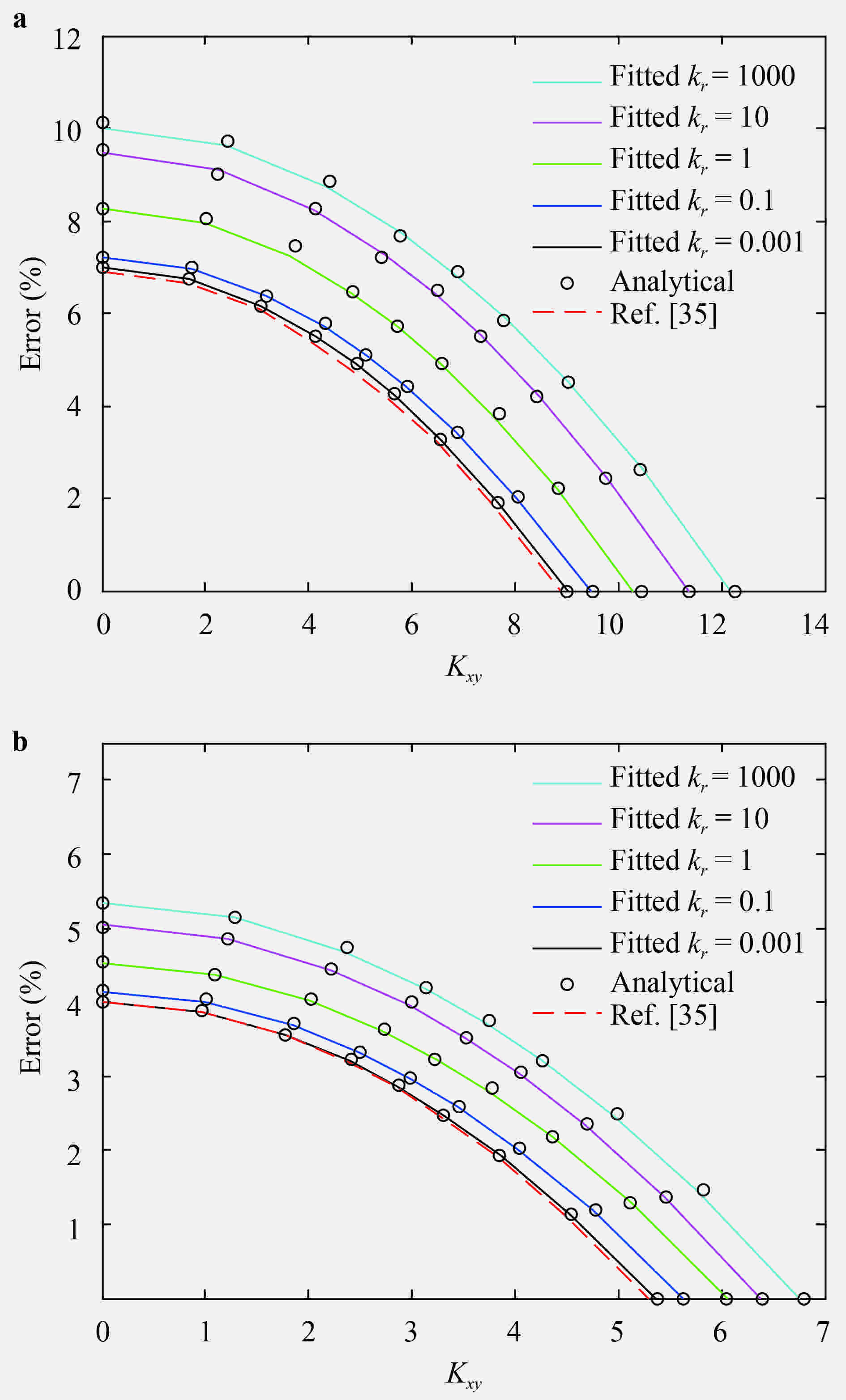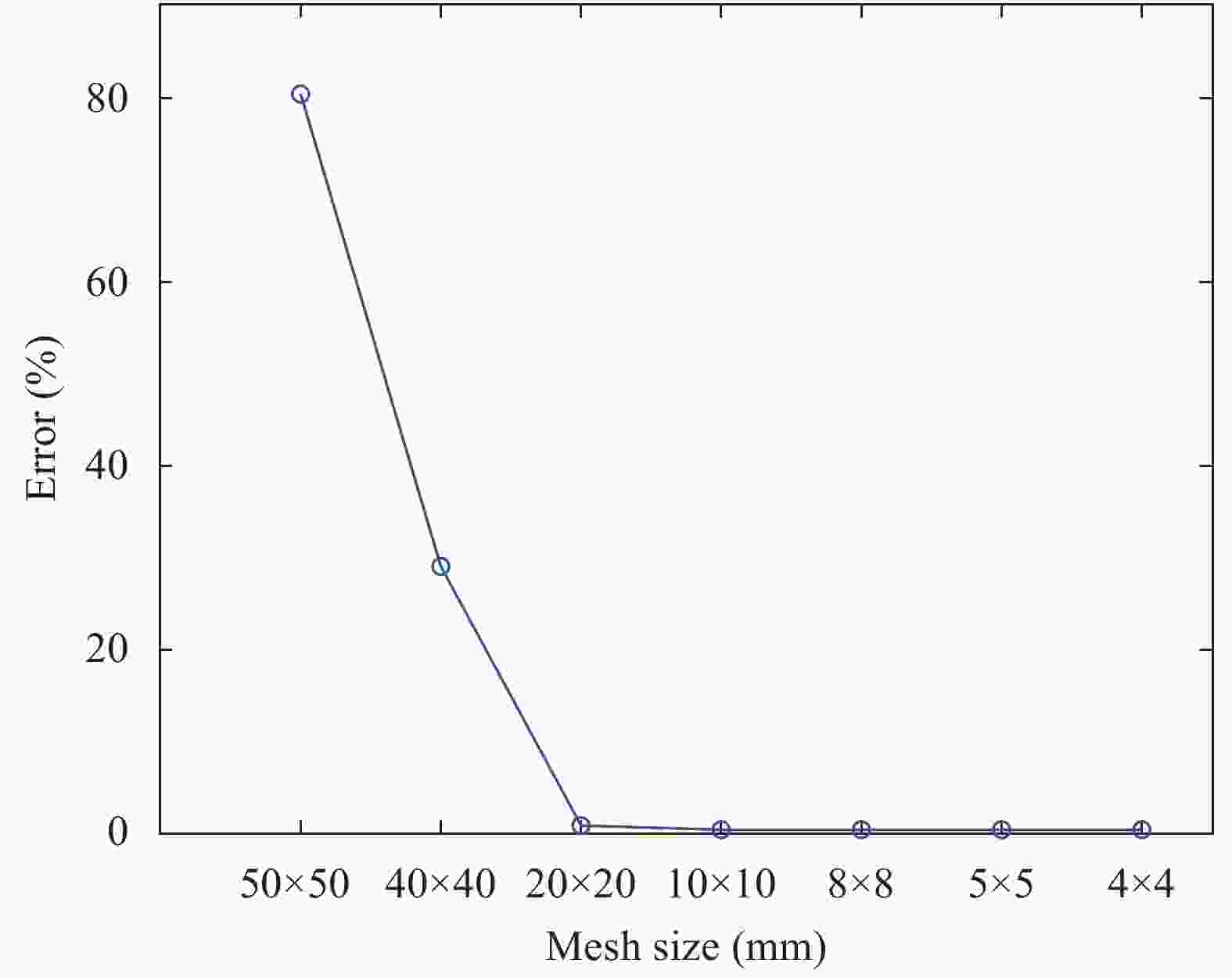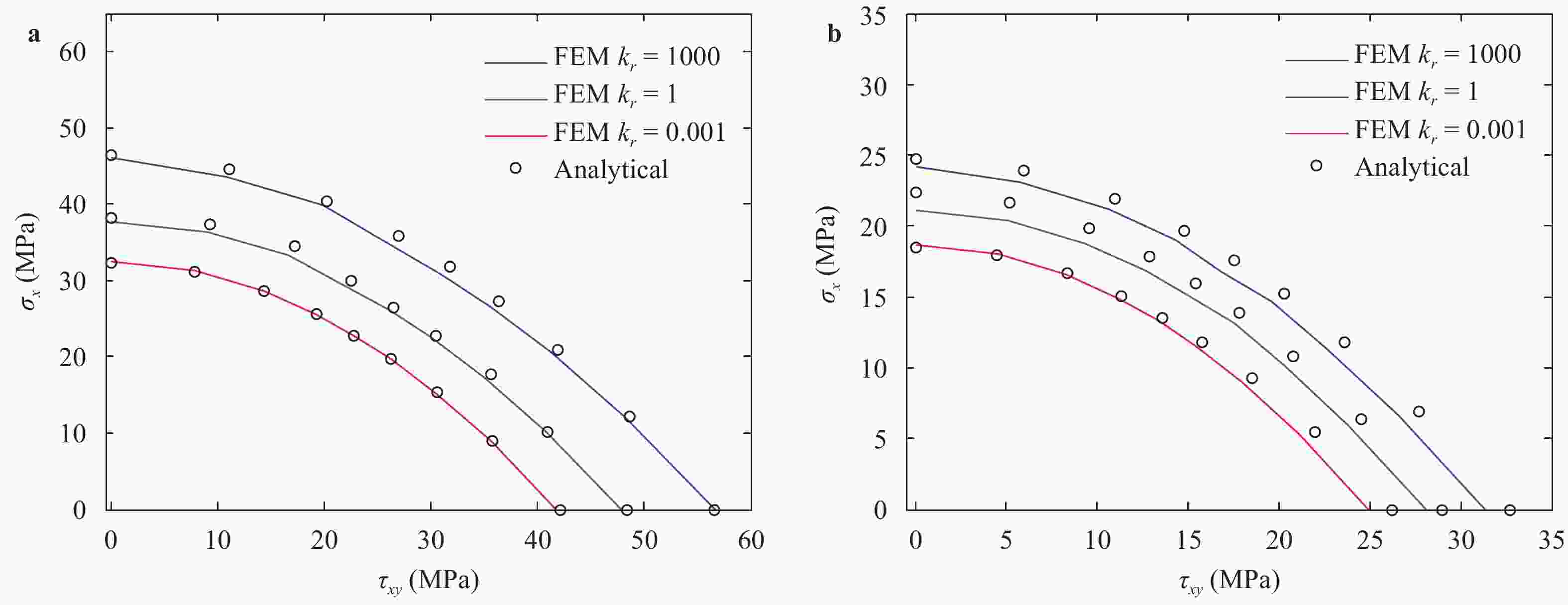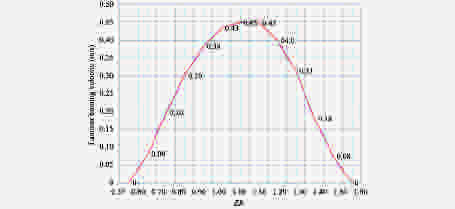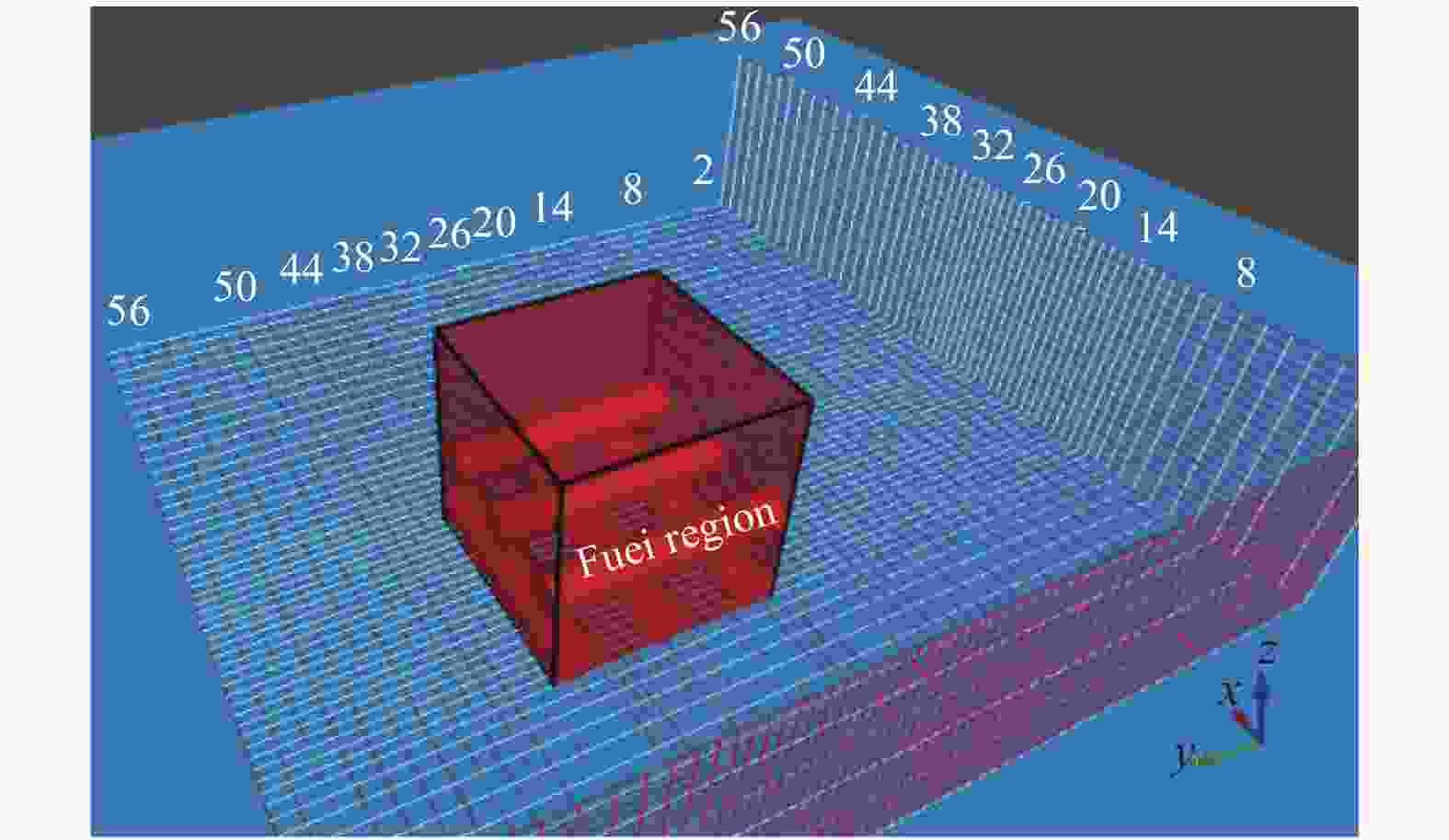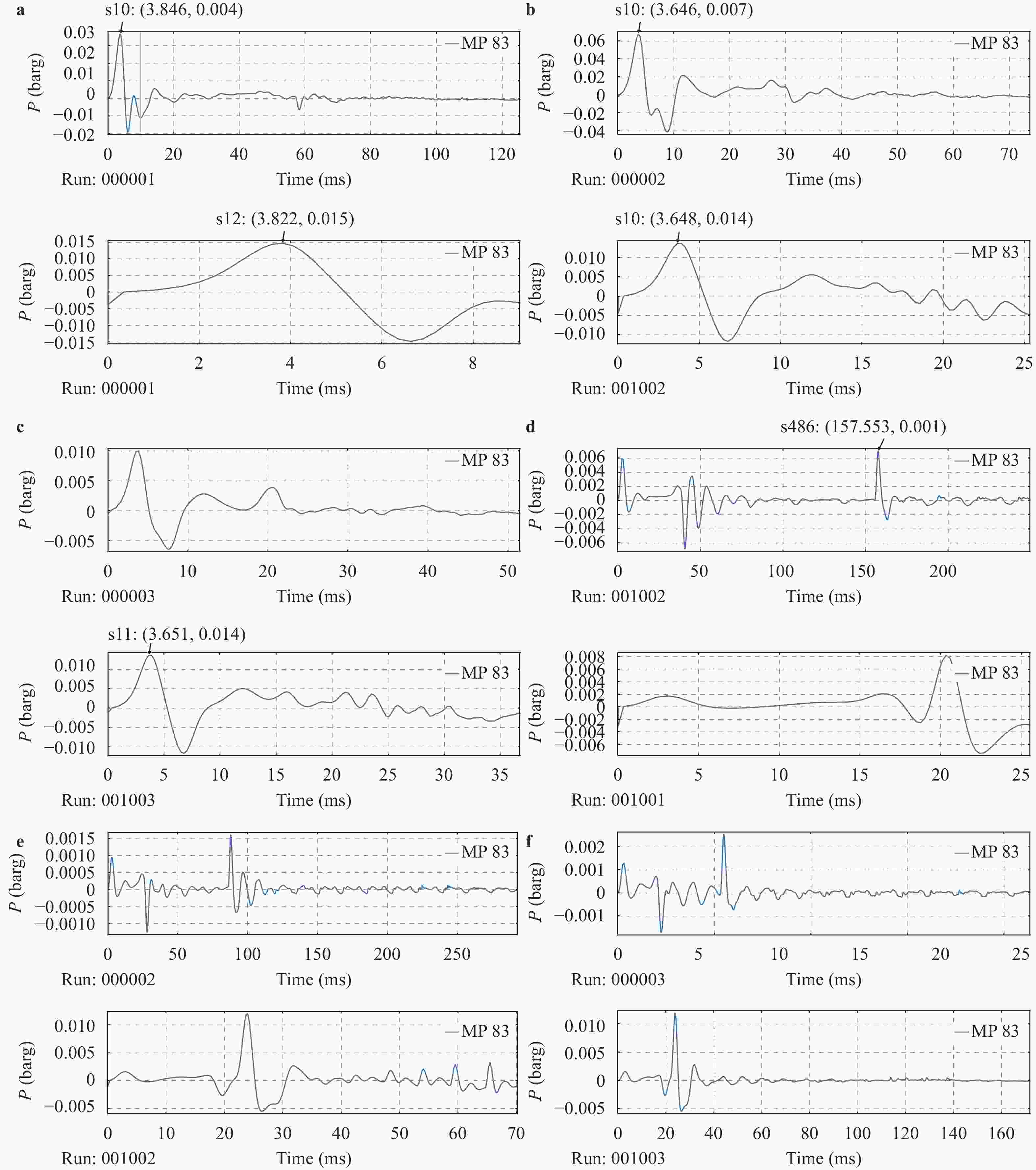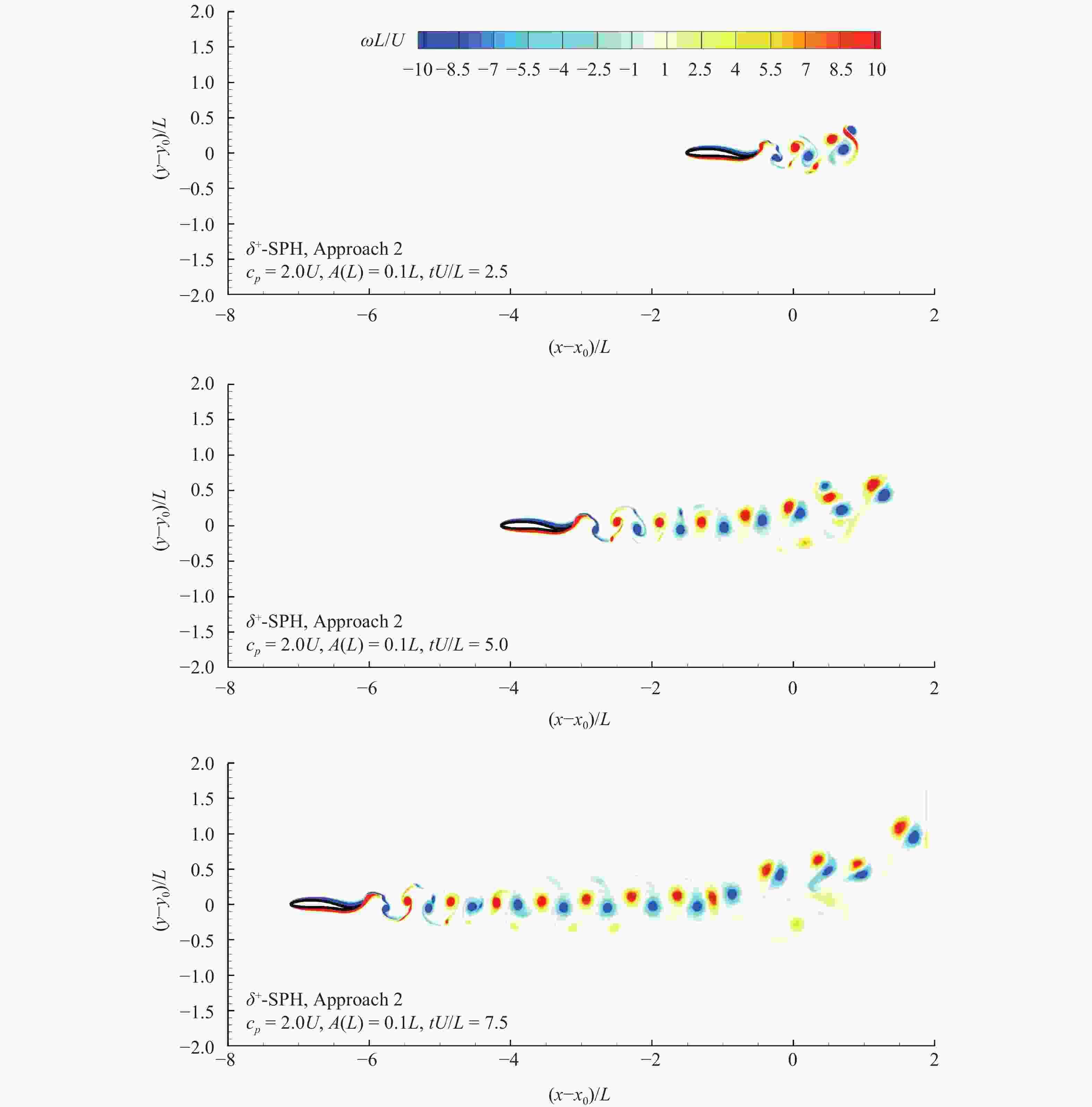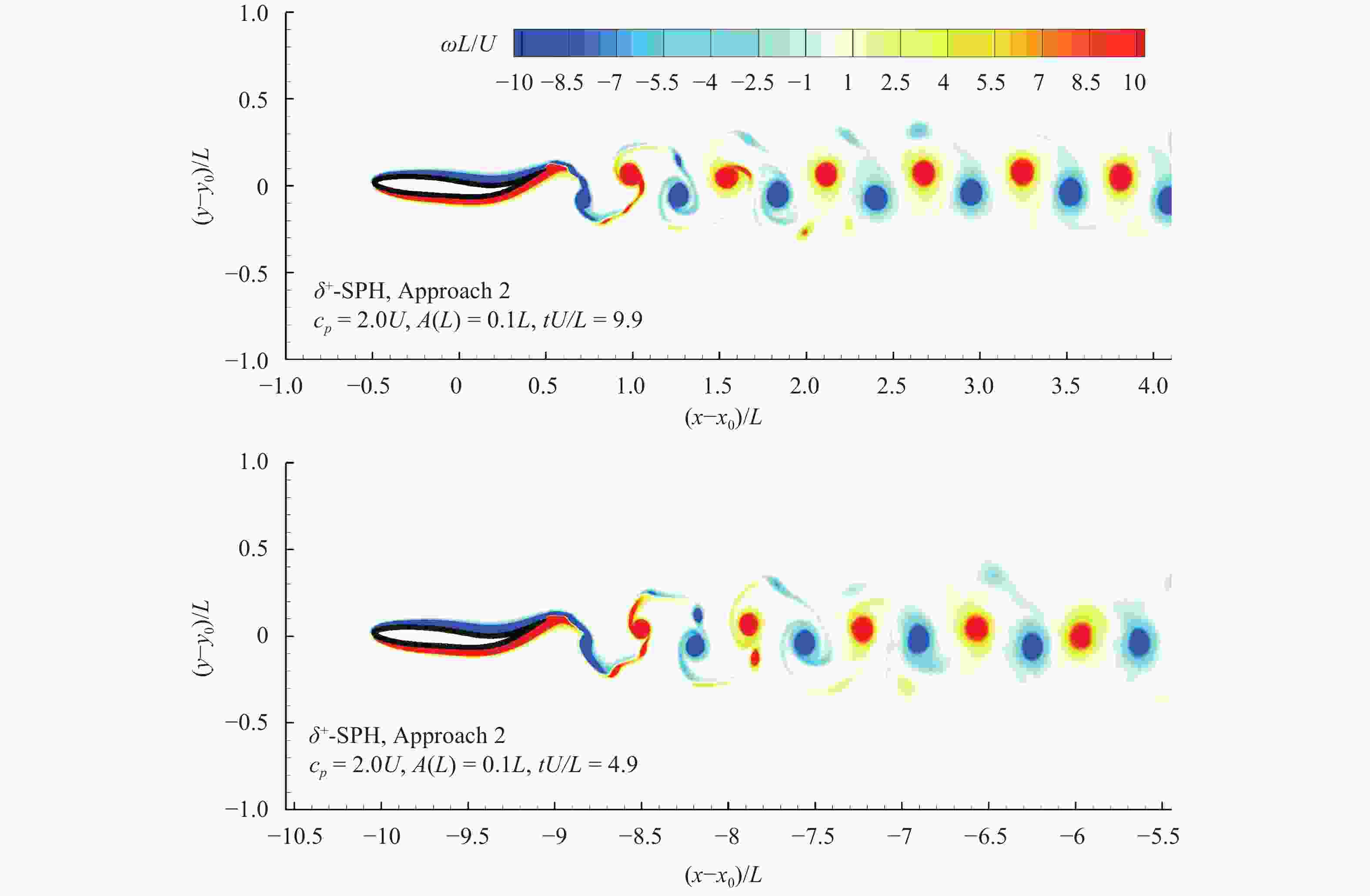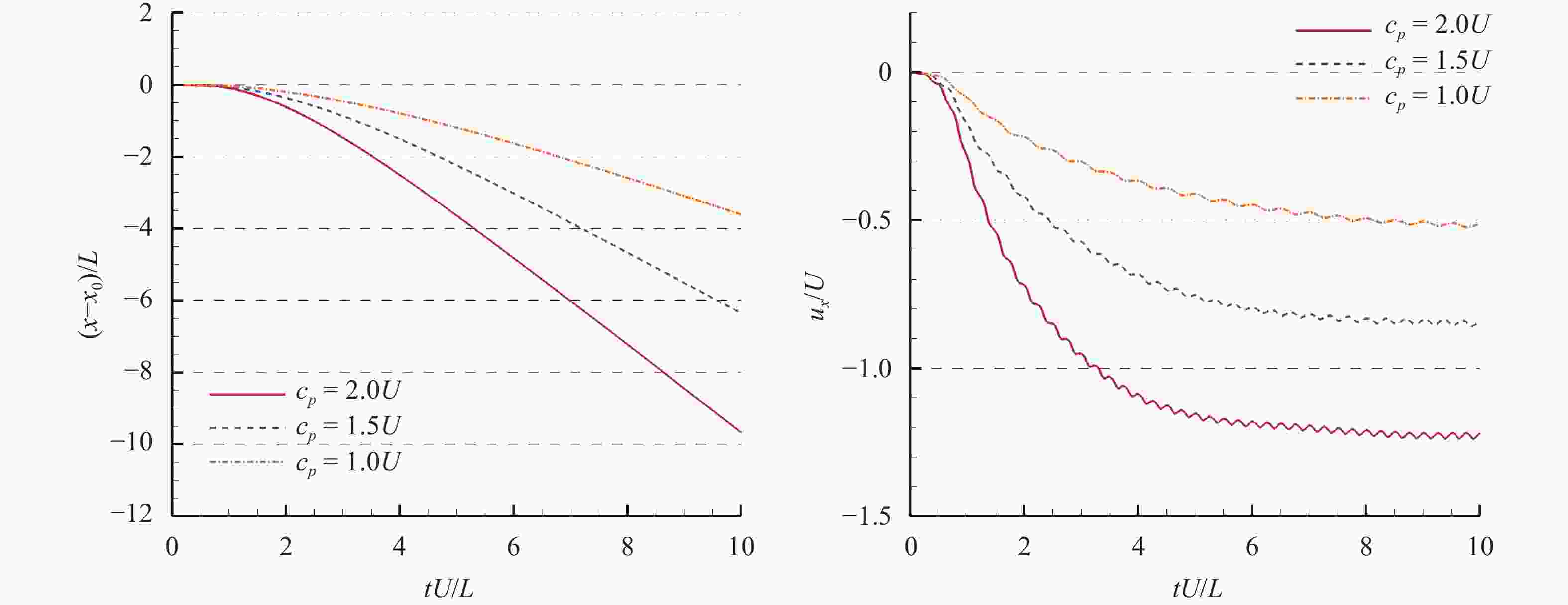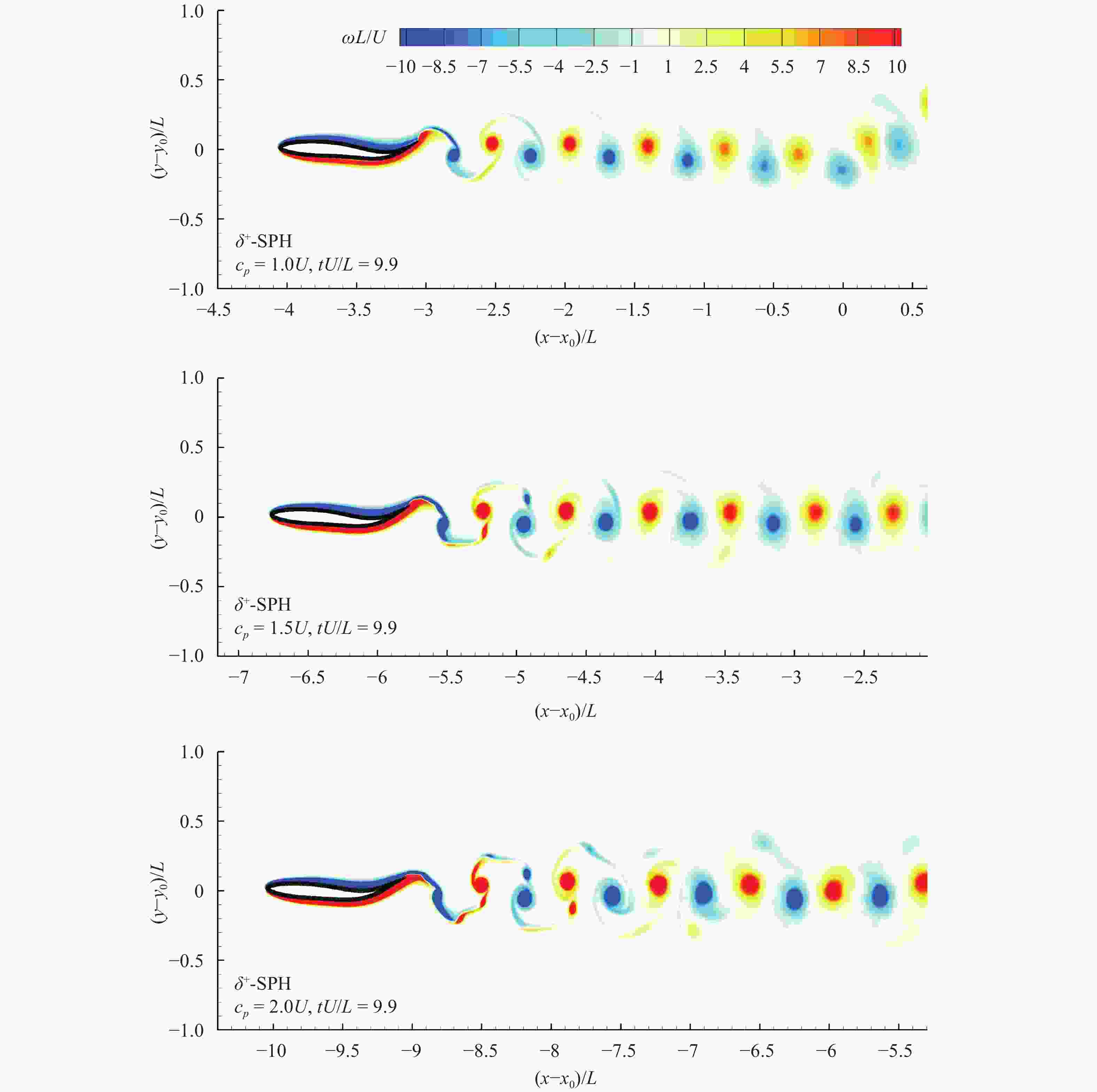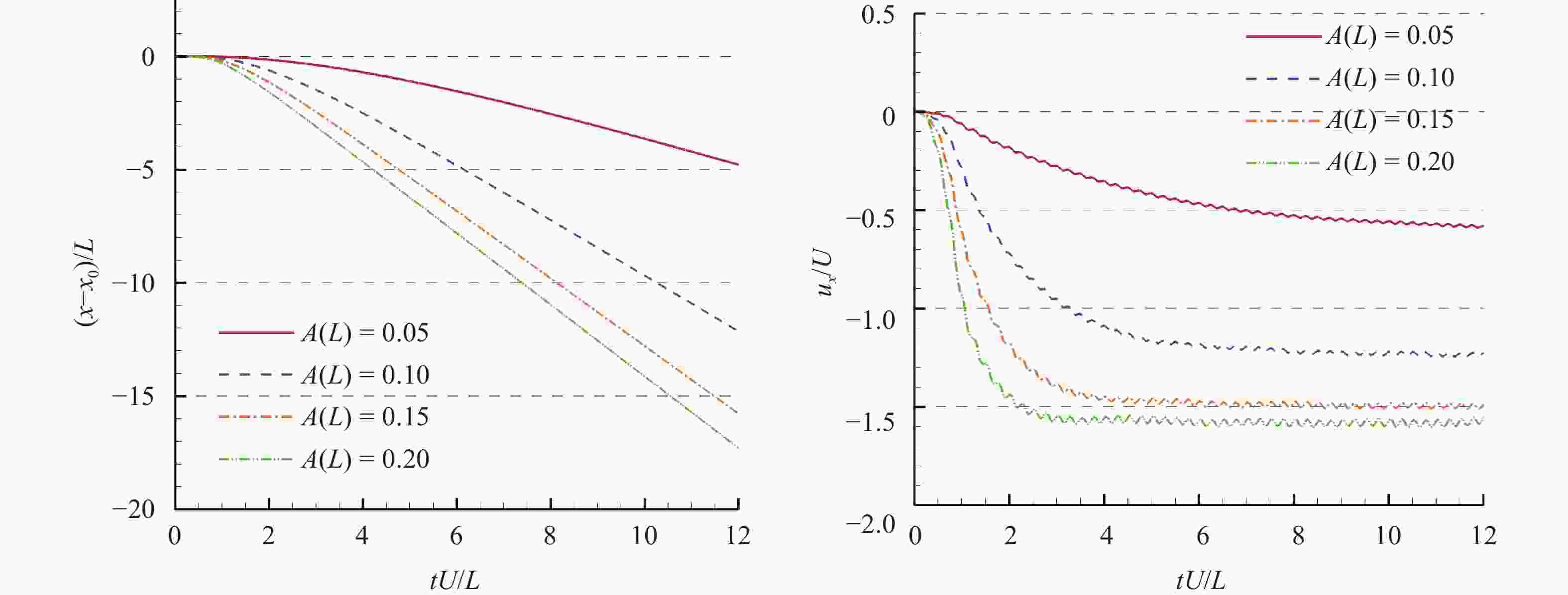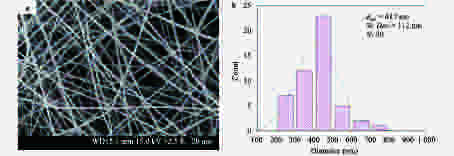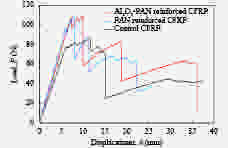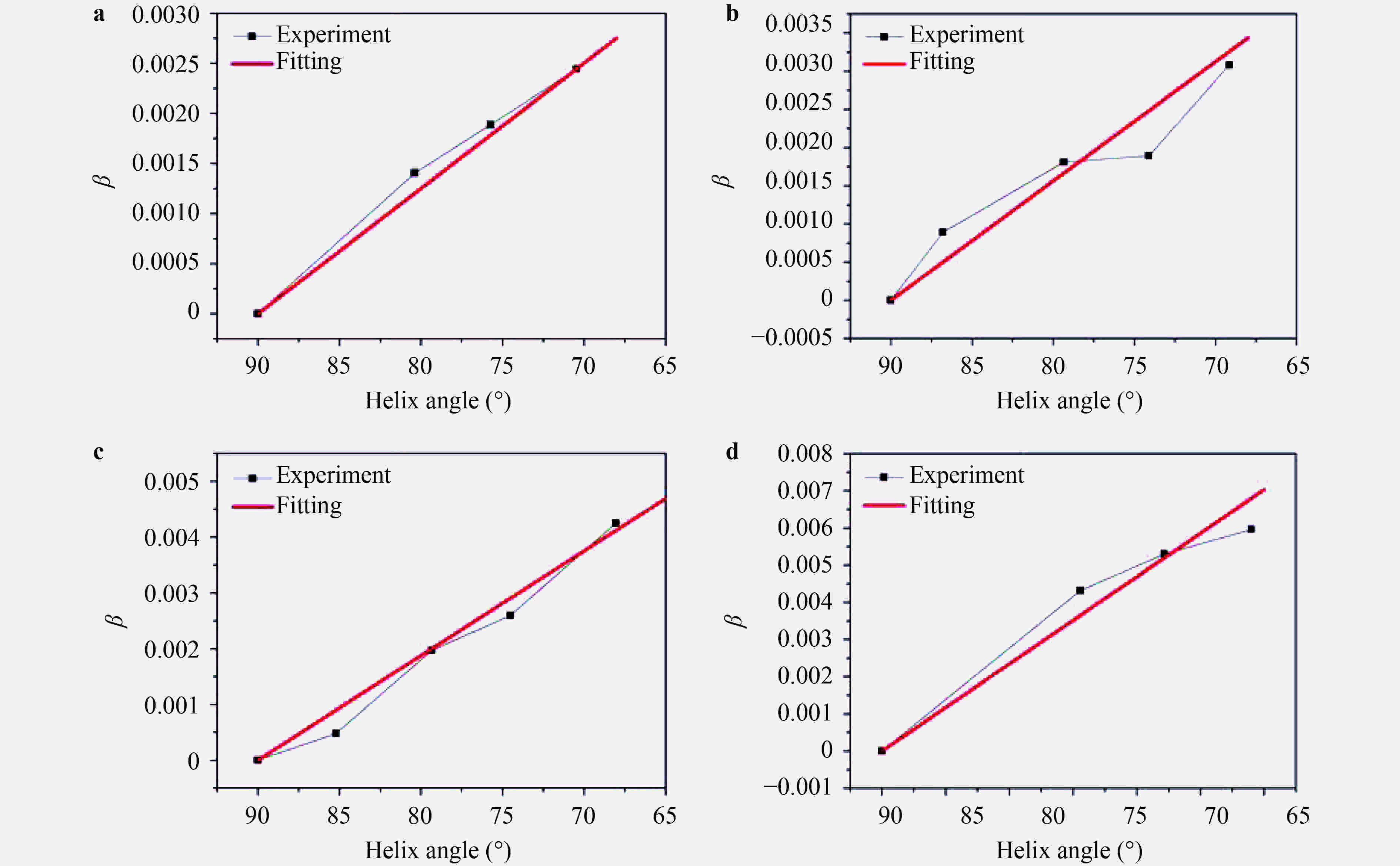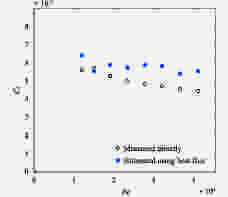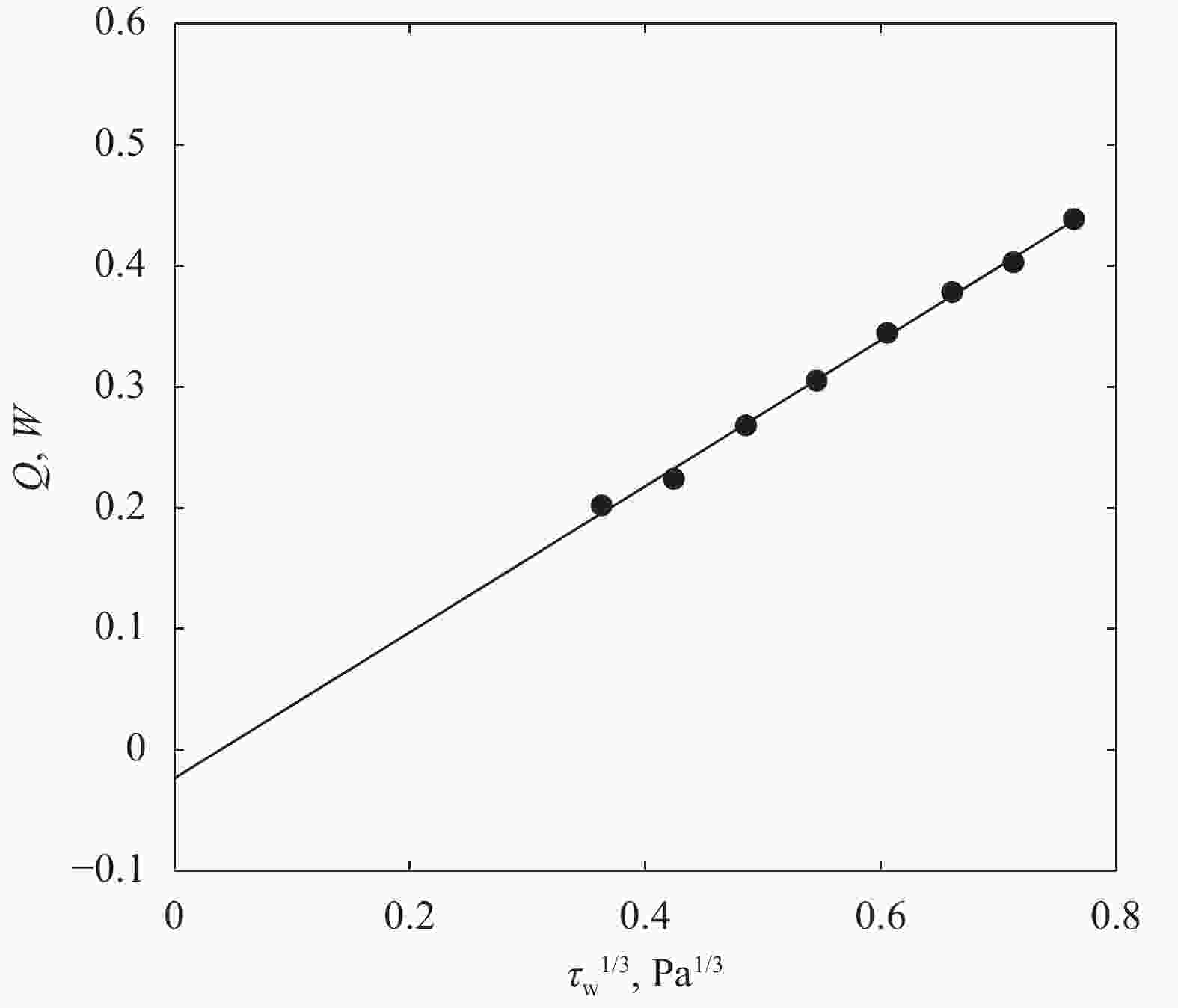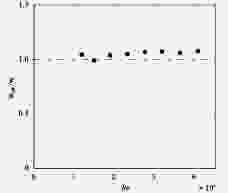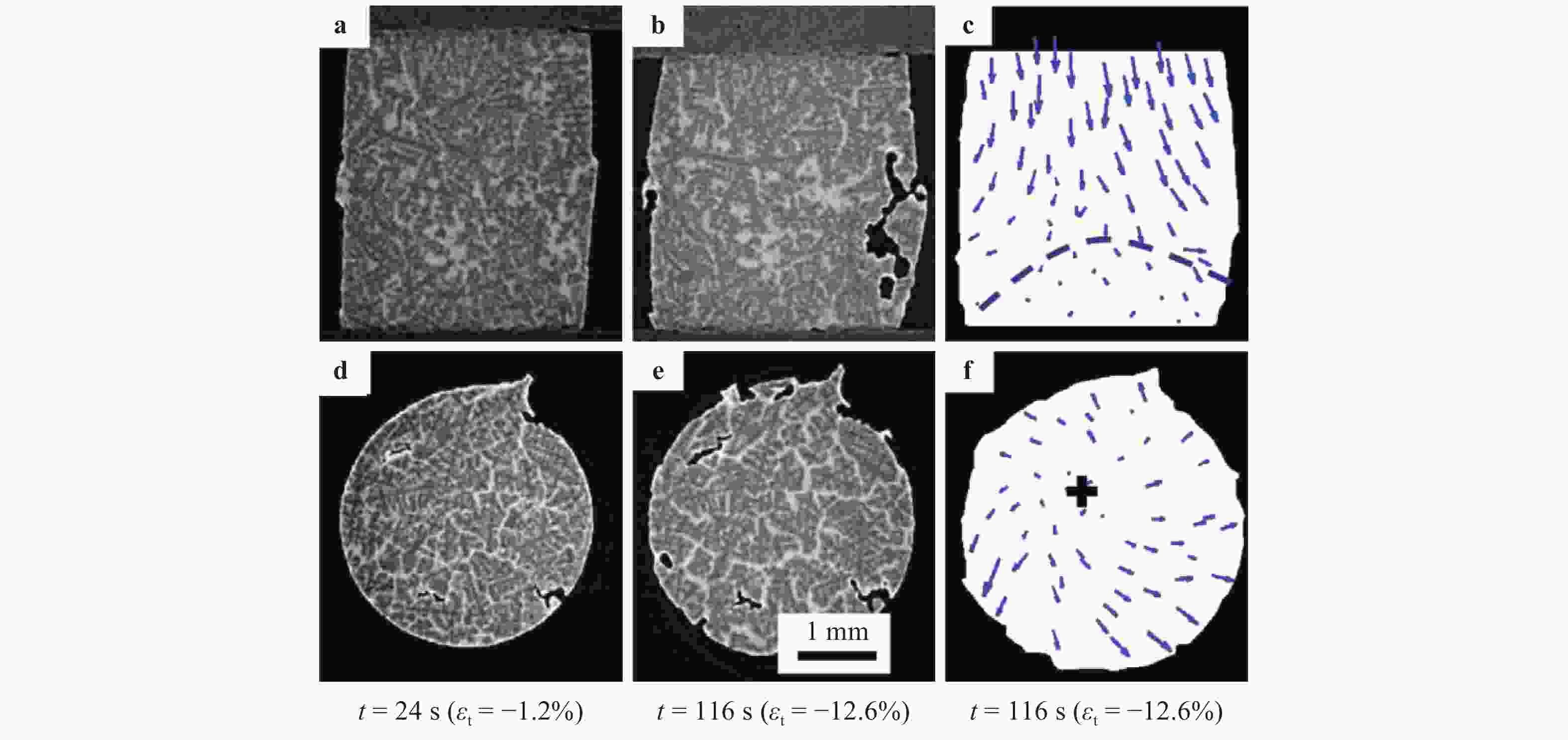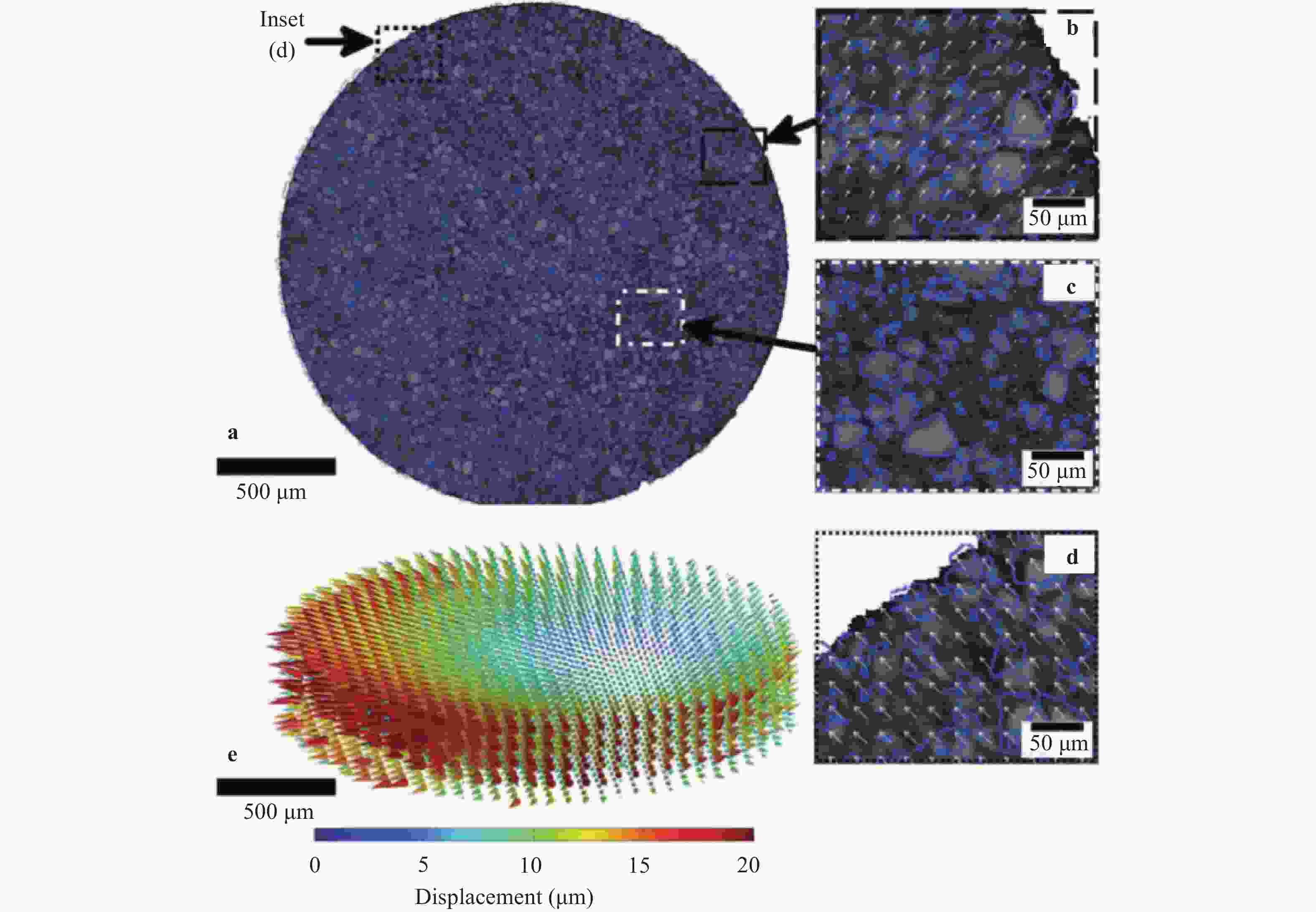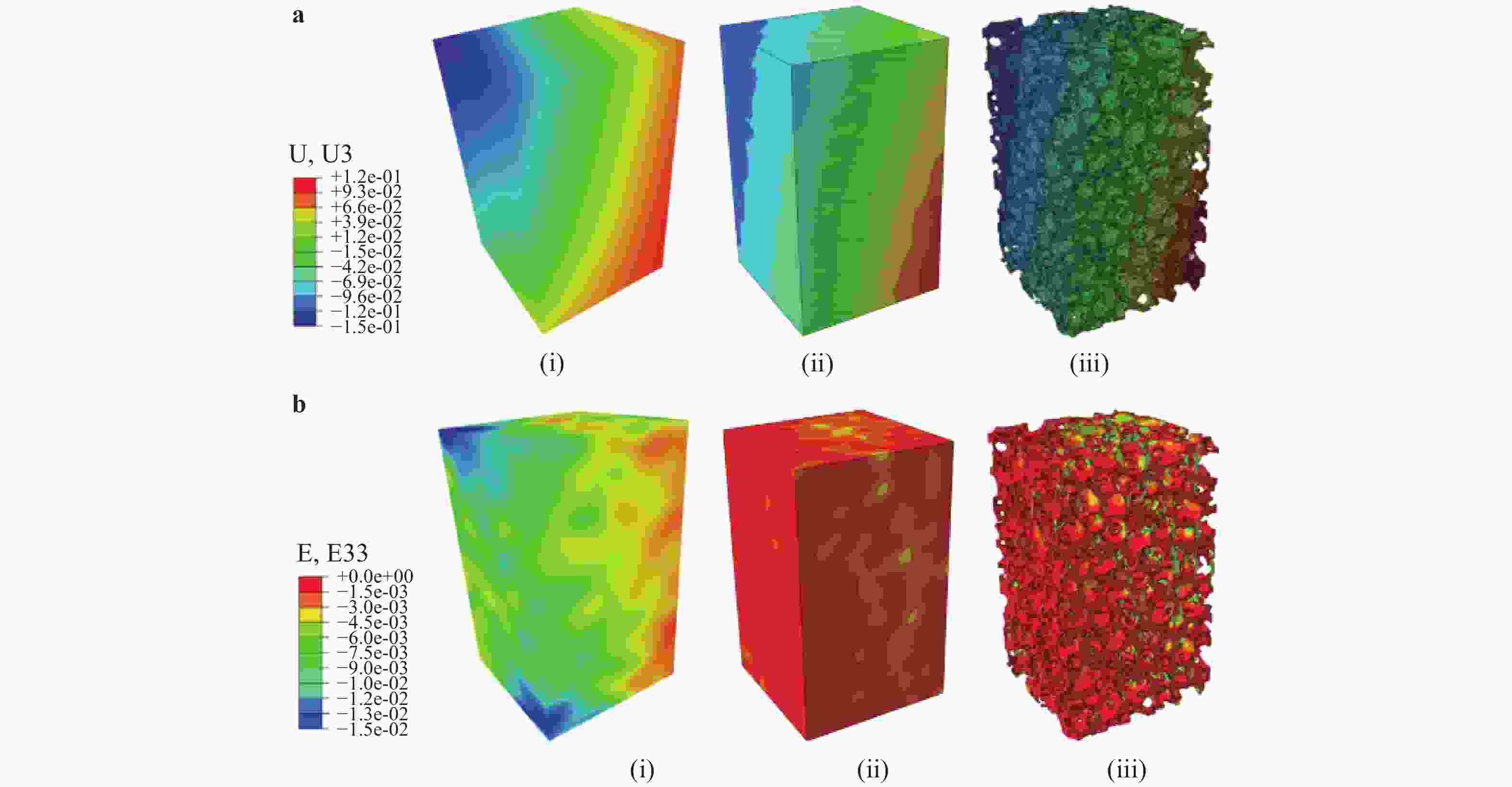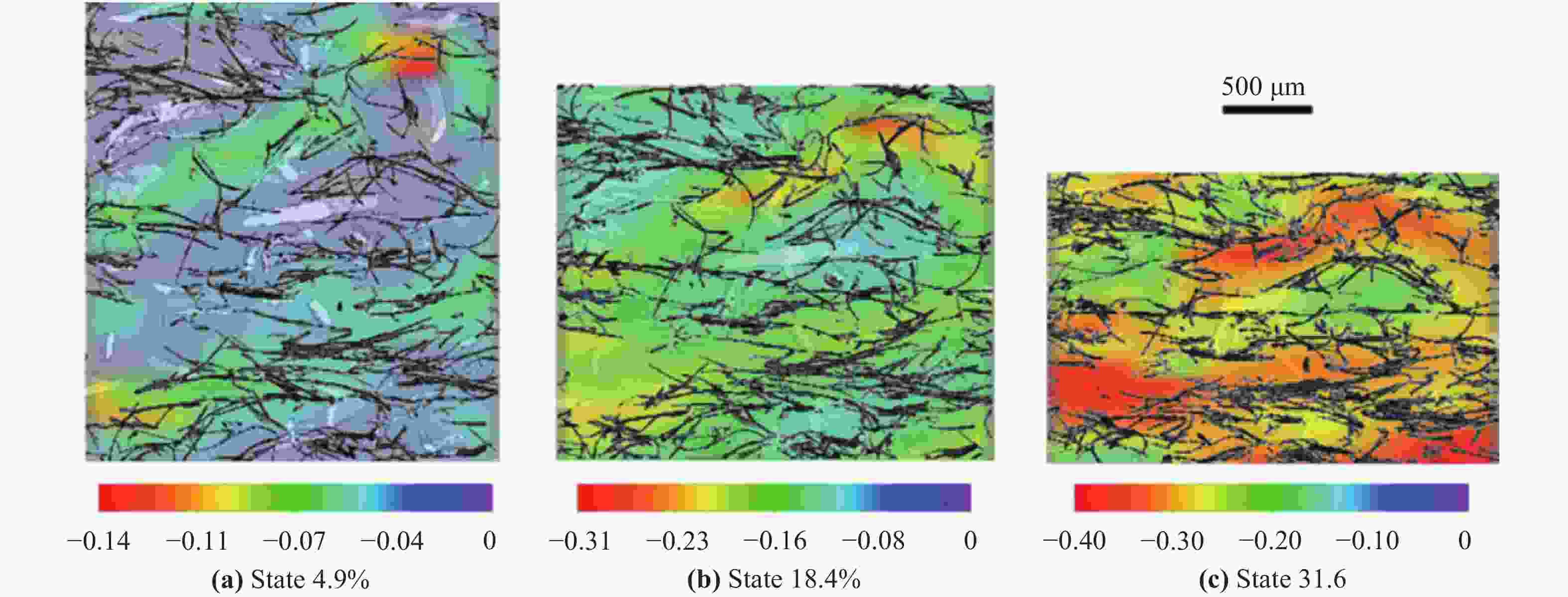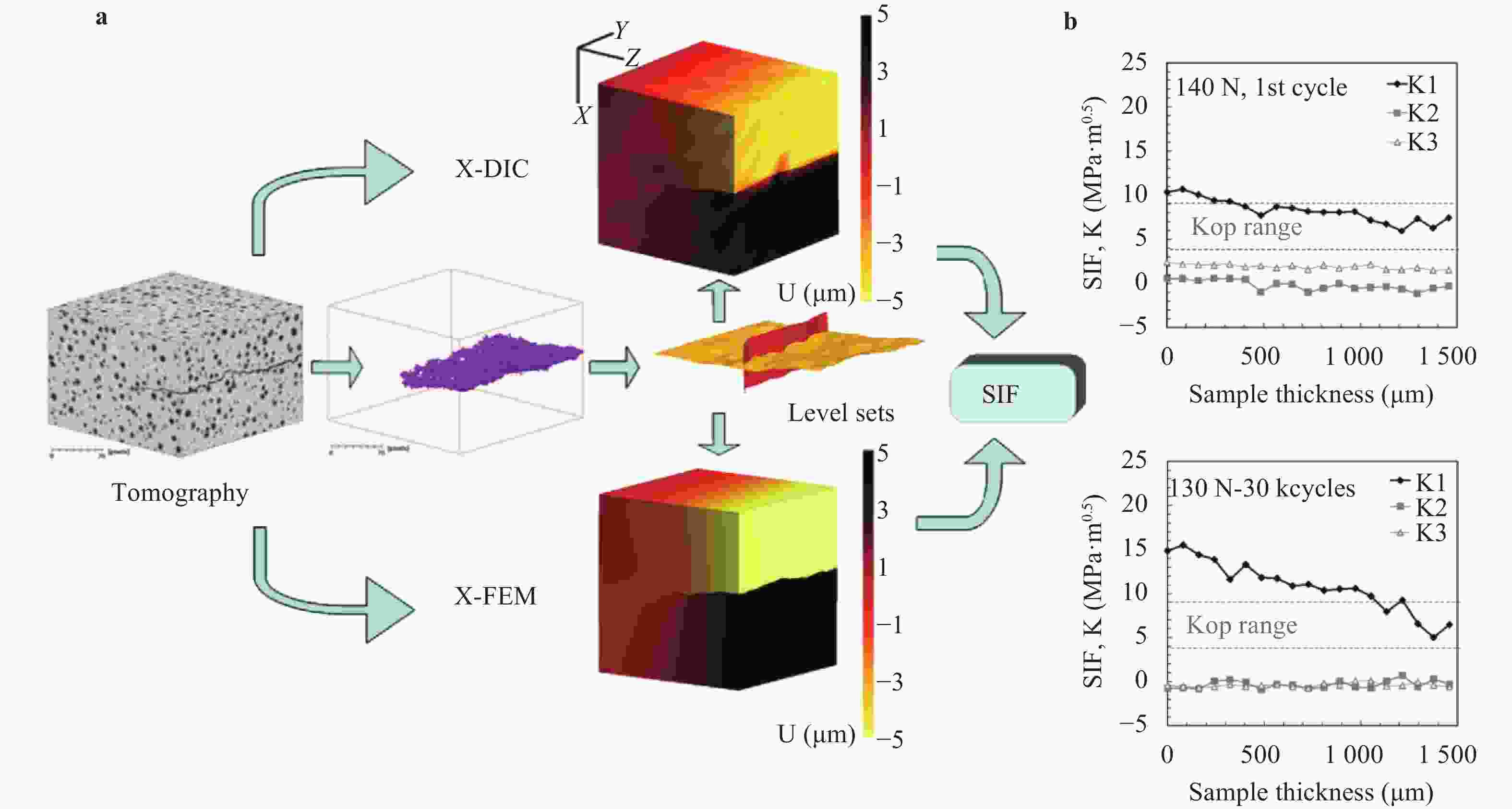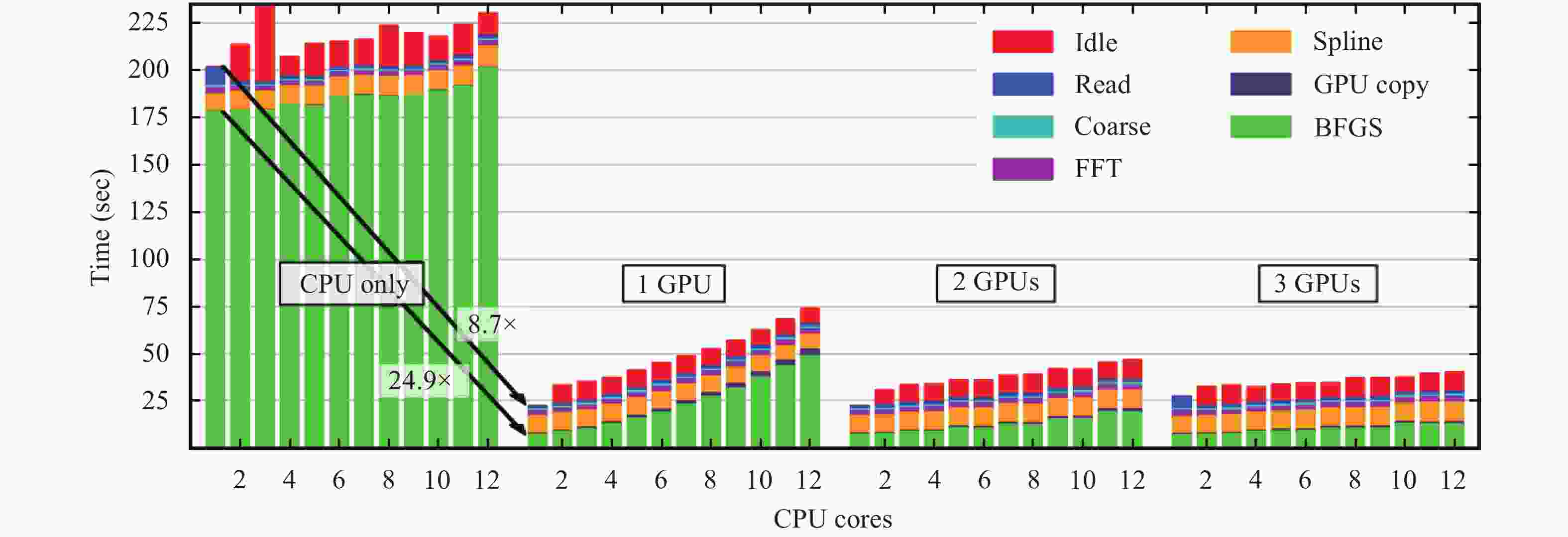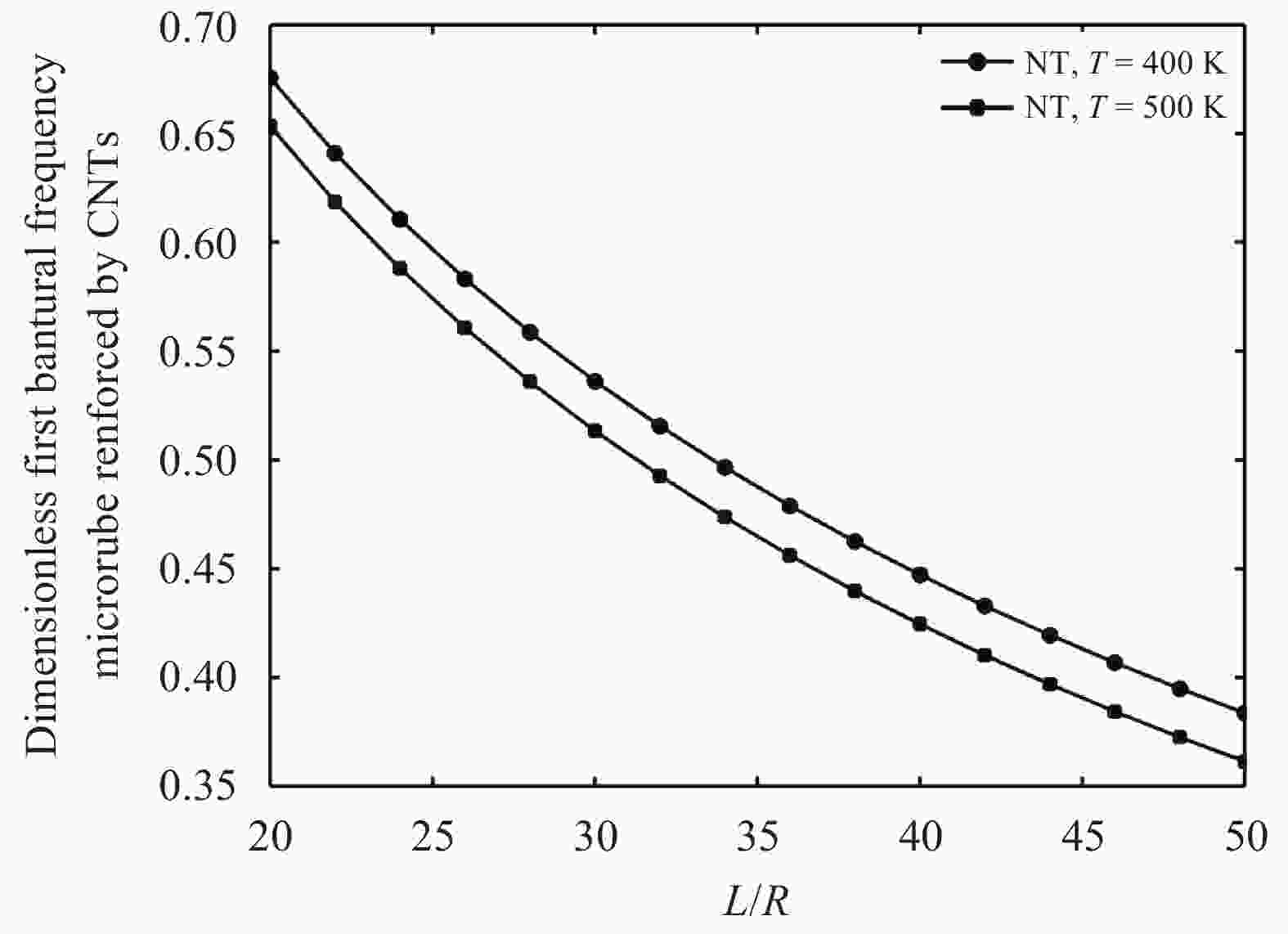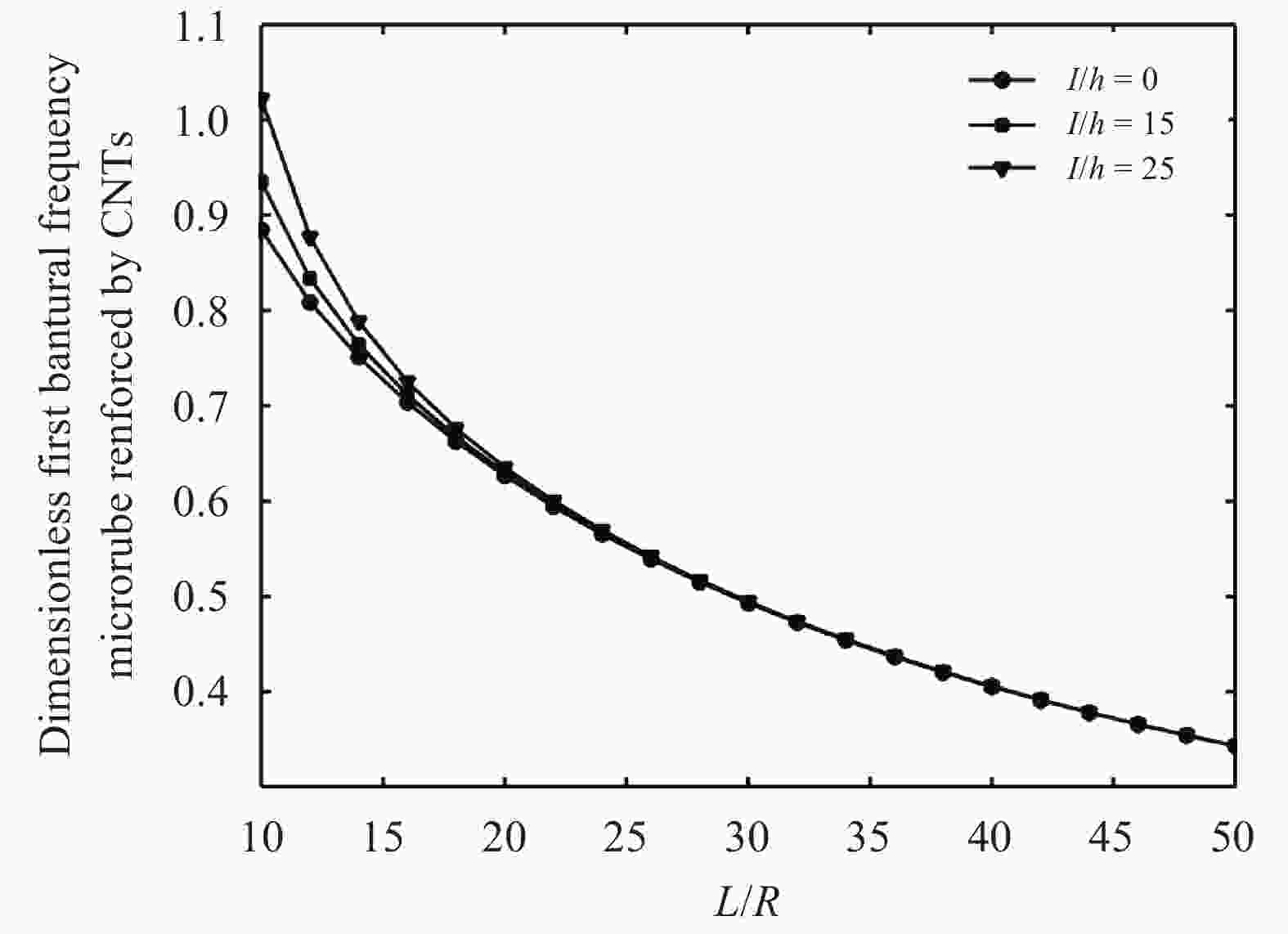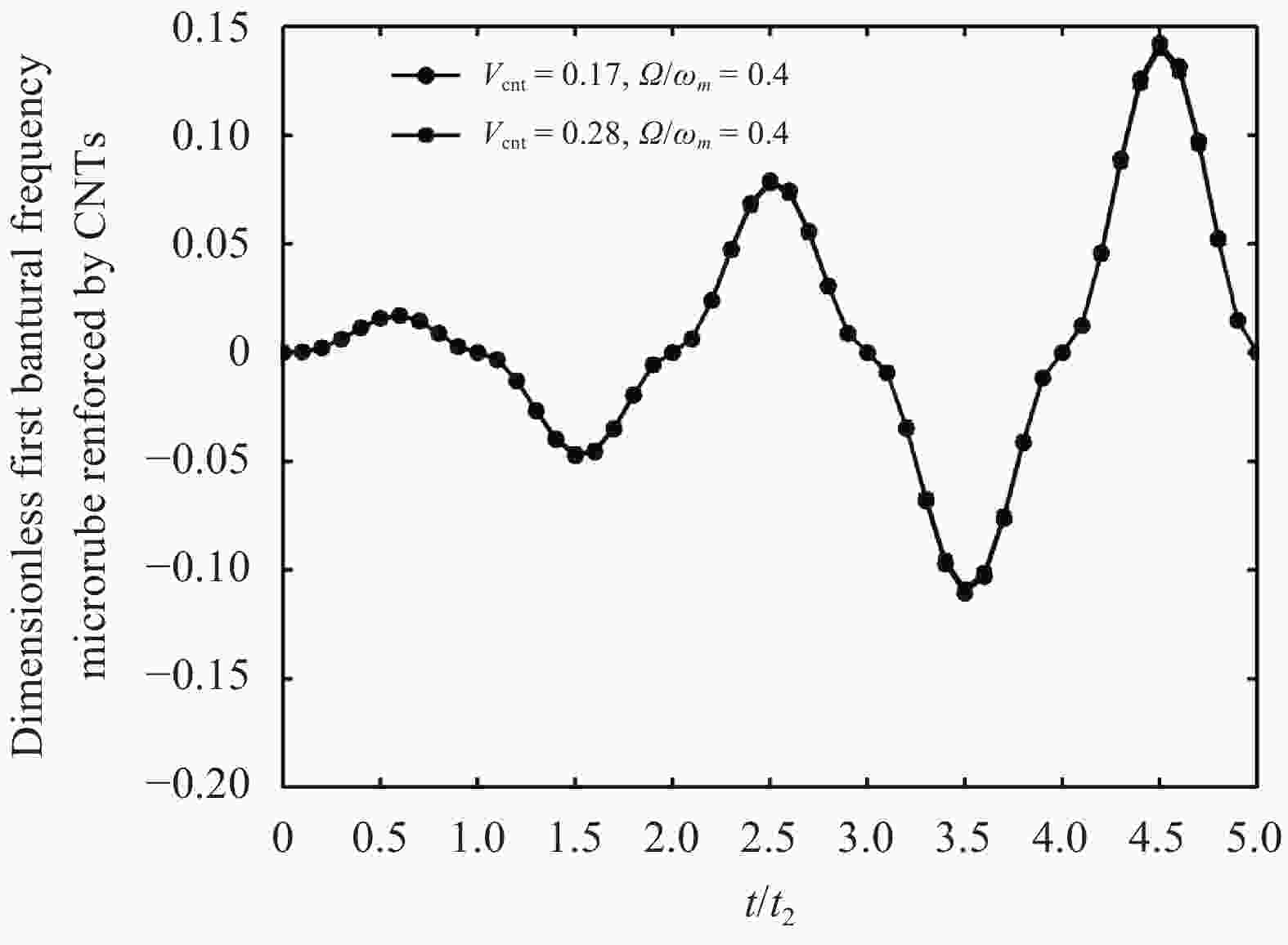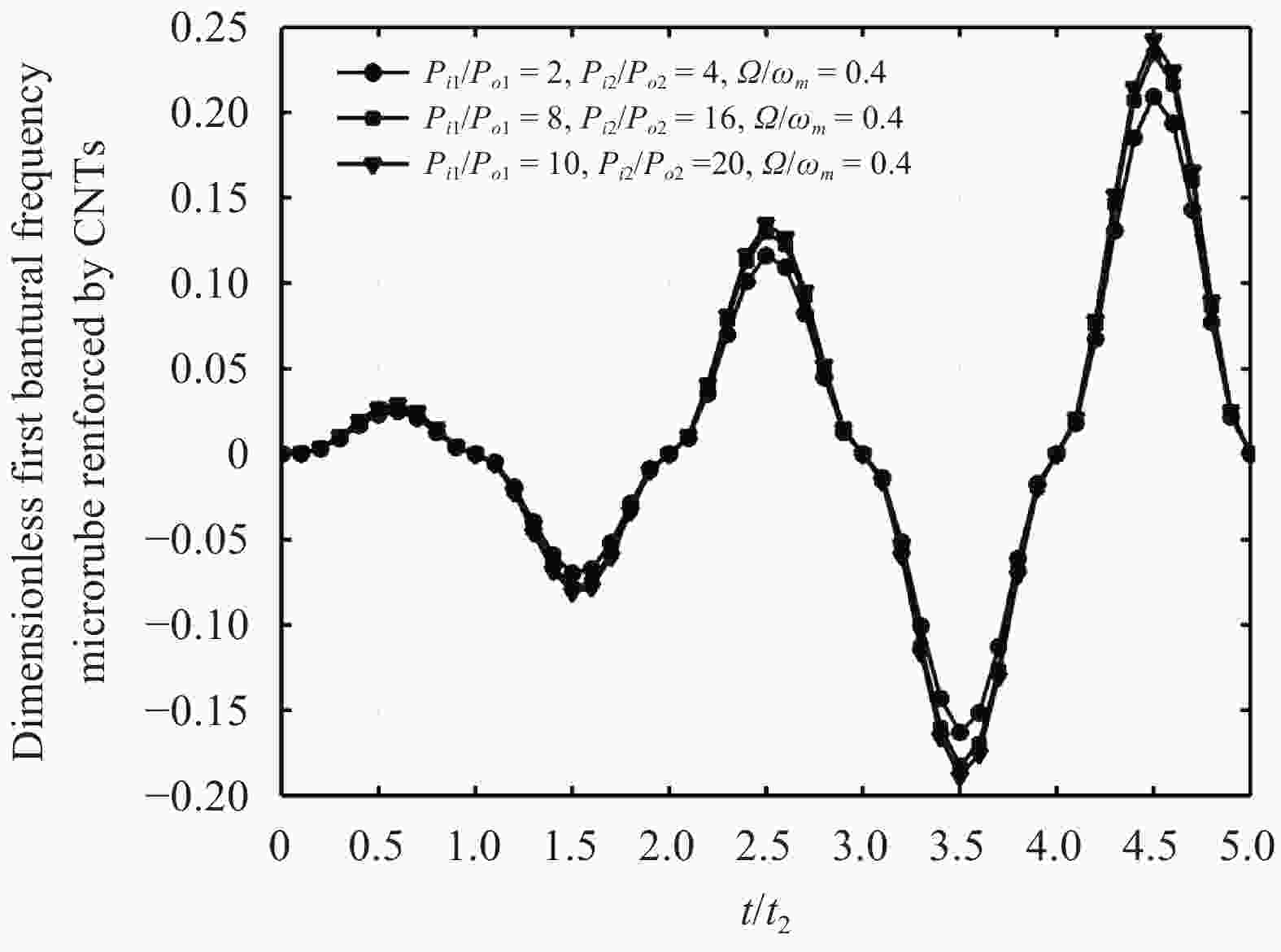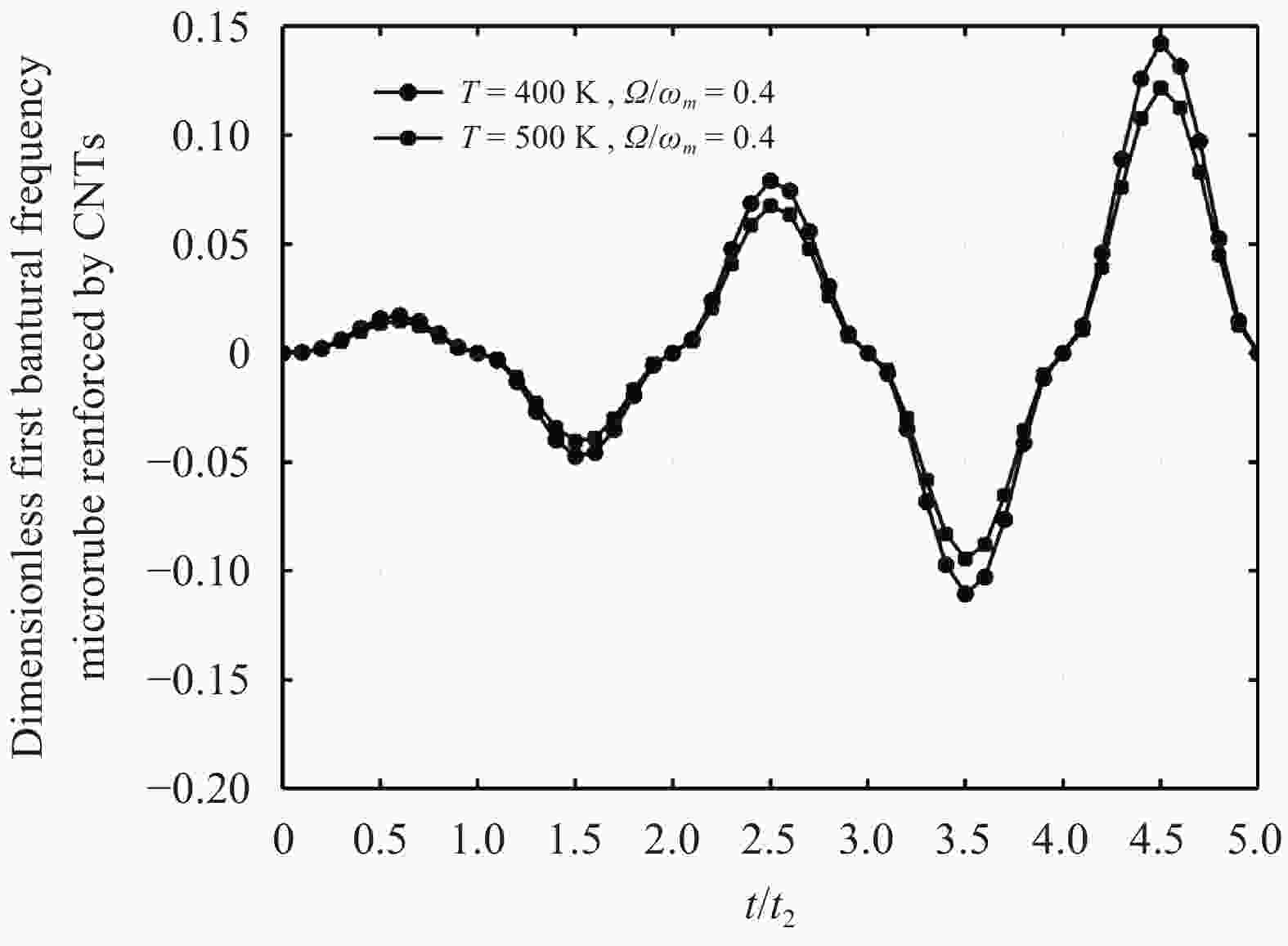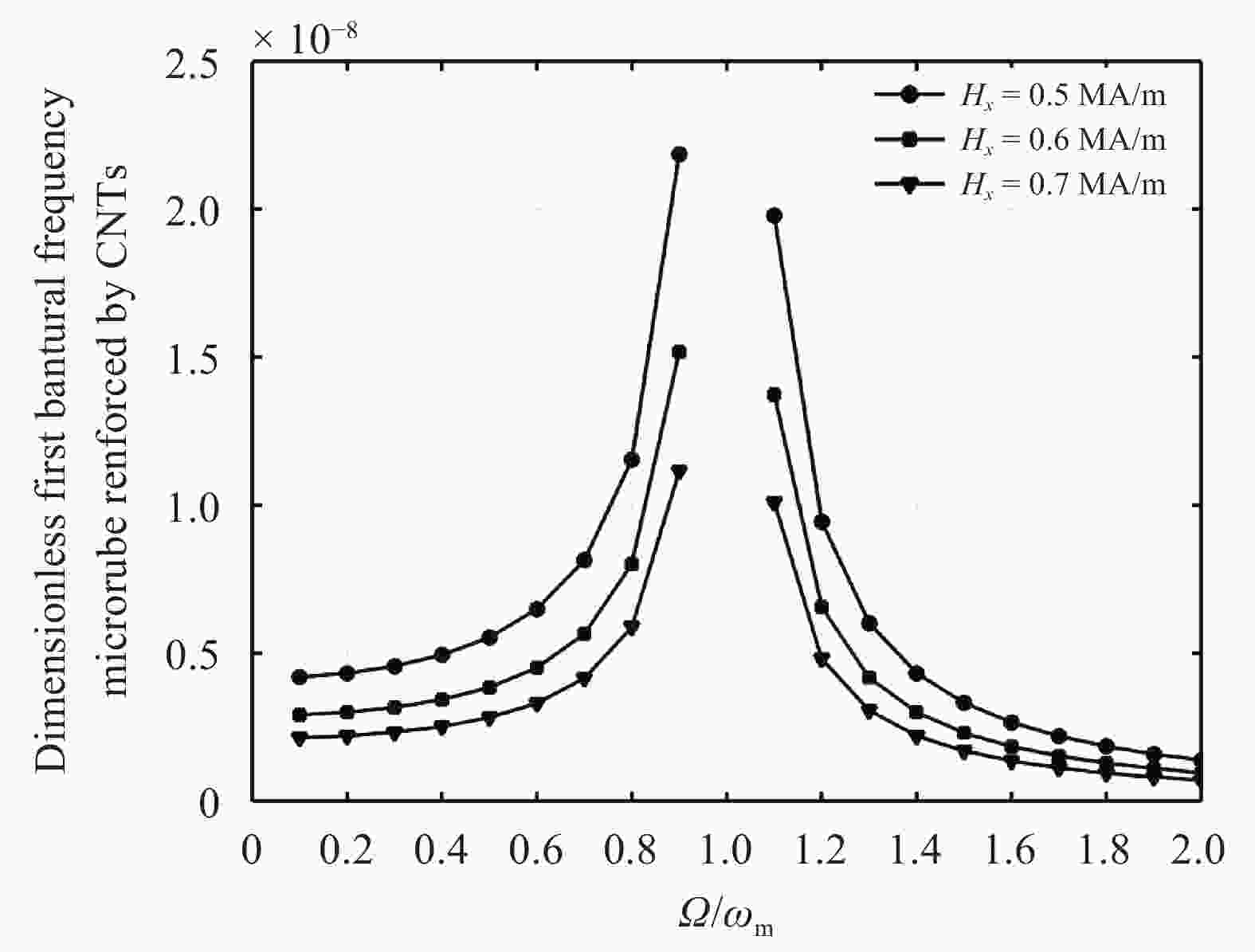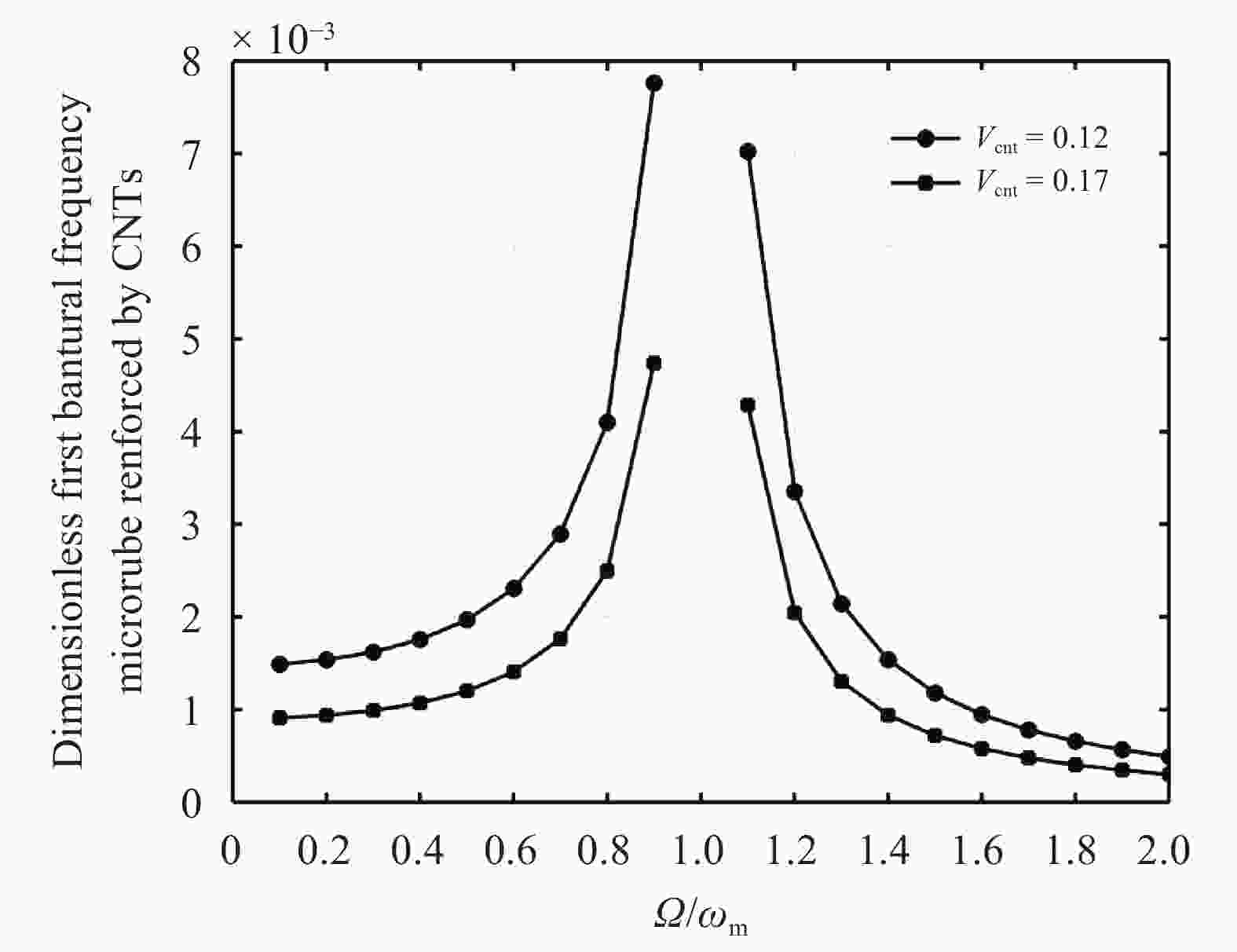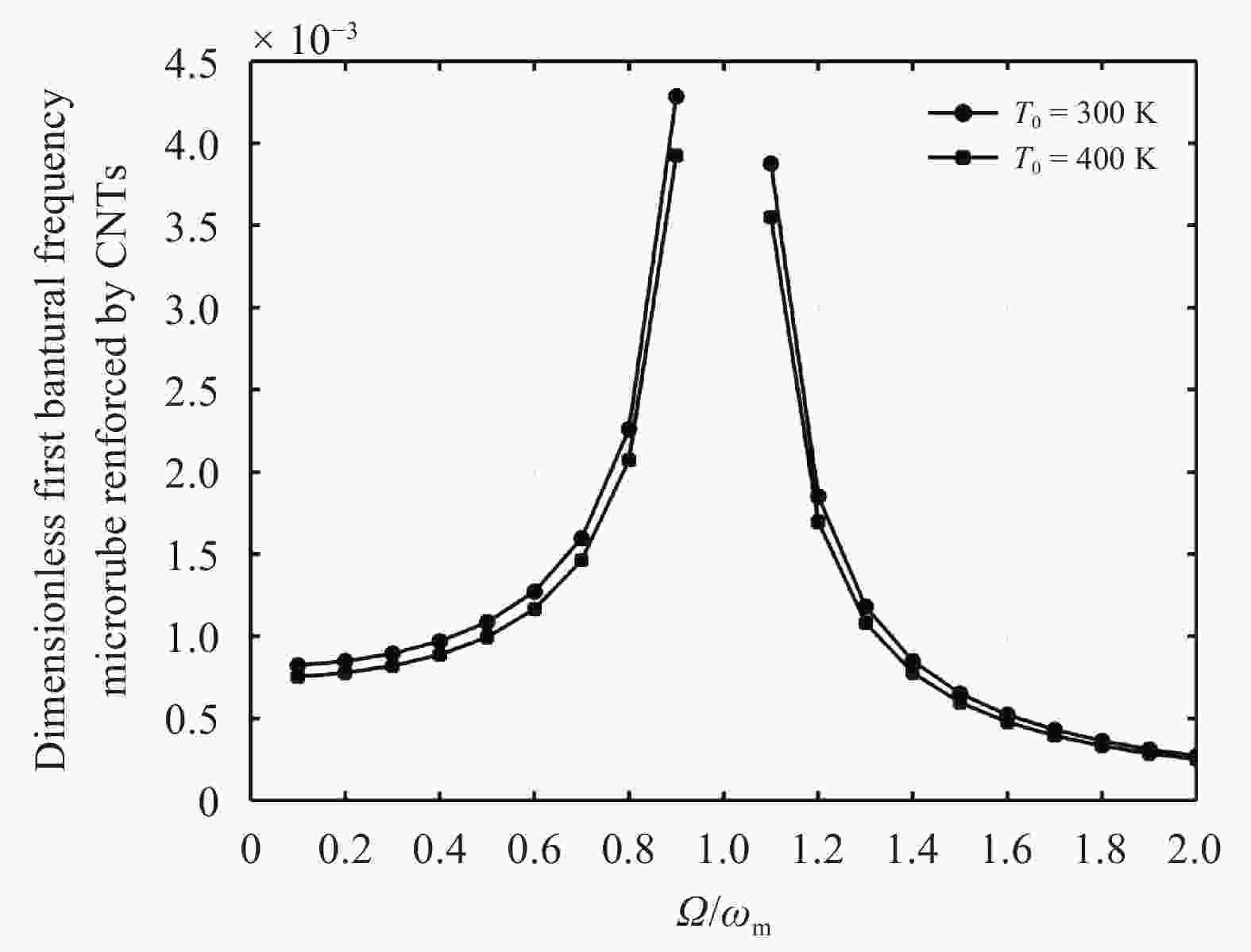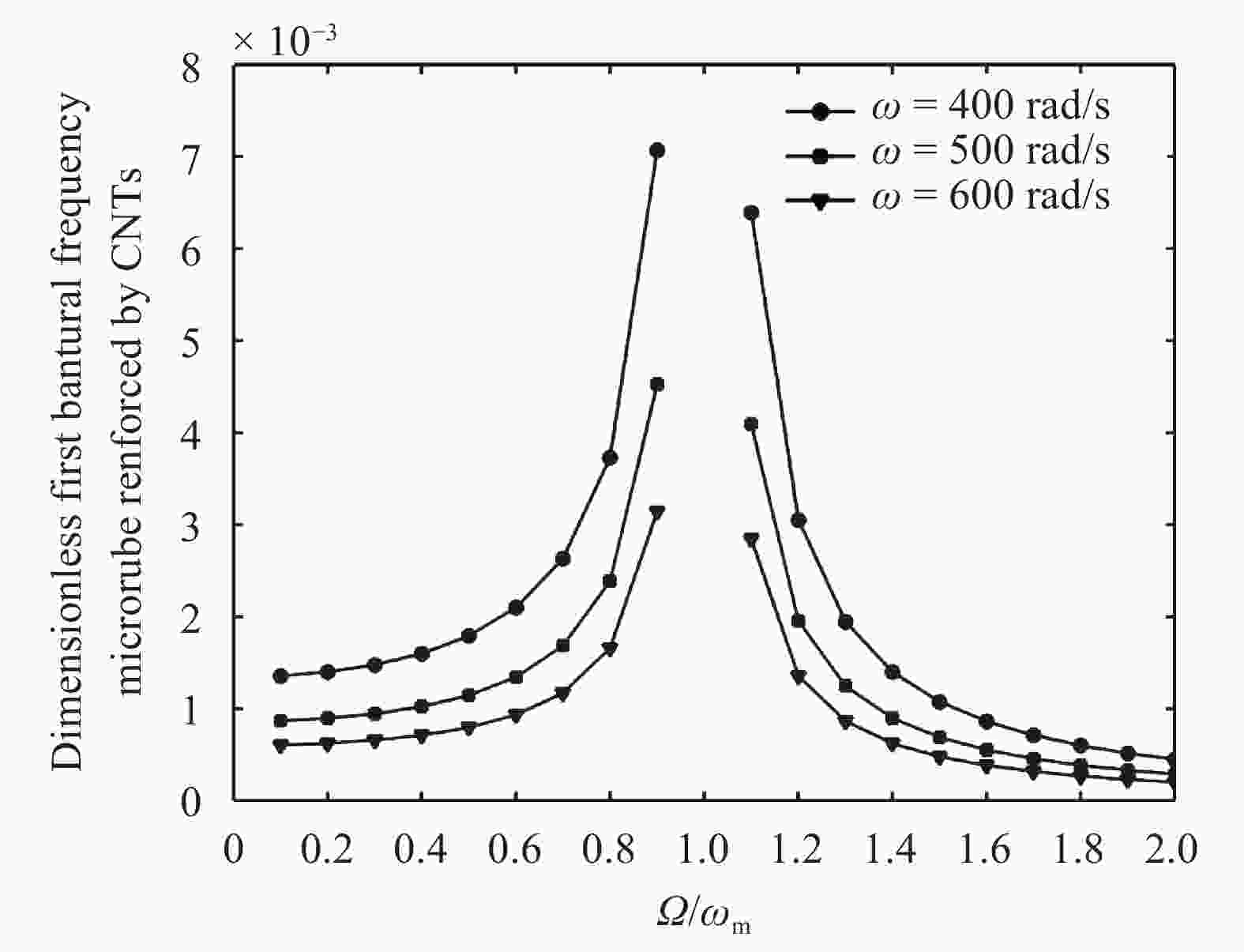Institute of Mechanics,
Chinese Academy of Sciences
2018 Vol.8(2)
column
Display Mode: |
Theoretical and Applied Mechanics Letters 2018, 8(2): i-iii.
Abstract:
Theoretical and Applied Mechanics Letters 2018, 8(2): 63-67.
doi: 10.1016/j.taml.2018.02.001
Abstract:
We present the design of micro-helix metamaterial supporting high sound absorption characteristic by 3D printing. The sample structure which is fabricated out of polylactide (PLA) material, many micro-helix are arranged by periodic arrays on XY plane. Experiment measurement results show that different geometrical dimensions of helix vestibule and cavity depth have a great effect on sound absorption coefficient. Physical mechanism depends on the friction and viscosity between the air and the helix vestibule. This work shows great potential of micro-structure metamaterial in noise control applications require light weight and large rigid of sound absorption.
We present the design of micro-helix metamaterial supporting high sound absorption characteristic by 3D printing. The sample structure which is fabricated out of polylactide (PLA) material, many micro-helix are arranged by periodic arrays on XY plane. Experiment measurement results show that different geometrical dimensions of helix vestibule and cavity depth have a great effect on sound absorption coefficient. Physical mechanism depends on the friction and viscosity between the air and the helix vestibule. This work shows great potential of micro-structure metamaterial in noise control applications require light weight and large rigid of sound absorption.
Theoretical and Applied Mechanics Letters 2018, 8(2): 68-74.
doi: 10.1016/j.taml.2018.02.002
Abstract:
By the Lyapunov direct method, dynamic stability of two conservative systems of finite degrees of freedom with one parameter is analyzed. Two Lyapunov functions are proposed for the two systems, respectively. When the number of degree of freedom the two systems tends to infinite, the two systems can simulate dynamic stability of a compressed elastic column with one end fixed and the other clamped in rotation. In the sense of the Lyapunov stability, the column is proved to be dynamically stable when the load equals to the Euler critical load.
By the Lyapunov direct method, dynamic stability of two conservative systems of finite degrees of freedom with one parameter is analyzed. Two Lyapunov functions are proposed for the two systems, respectively. When the number of degree of freedom the two systems tends to infinite, the two systems can simulate dynamic stability of a compressed elastic column with one end fixed and the other clamped in rotation. In the sense of the Lyapunov stability, the column is proved to be dynamically stable when the load equals to the Euler critical load.
Theoretical and Applied Mechanics Letters 2018, 8(2): 75-82.
doi: 10.1016/j.taml.2018.02.003
Abstract:
This paper uses a mathematical method to develop an analytical solution to the local buckling behaviour of long rectangular plates resting on tensionless elastic Winkler foundations and under combined uniform longitudinal uniaxial compressive and uniform in-plane shear loads. Fitted formulas are derived for plates with clamped edges and simplified supported edges. Two examples are given to demonstrate the application of the current method: one is a plate on tensionless spring foundations and the other is the contact between the steel sheet and elastic solid foundation. Finite element (FE) analysis is also conducted to validate the analytical results. Good agreement is obtained between the current method and FE analysis.
This paper uses a mathematical method to develop an analytical solution to the local buckling behaviour of long rectangular plates resting on tensionless elastic Winkler foundations and under combined uniform longitudinal uniaxial compressive and uniform in-plane shear loads. Fitted formulas are derived for plates with clamped edges and simplified supported edges. Two examples are given to demonstrate the application of the current method: one is a plate on tensionless spring foundations and the other is the contact between the steel sheet and elastic solid foundation. Finite element (FE) analysis is also conducted to validate the analytical results. Good agreement is obtained between the current method and FE analysis.
Theoretical and Applied Mechanics Letters 2018, 8(2): 109-114.
doi: 10.1016/j.taml.2018.02.006
Abstract:
The fuel-air cloud resulting from an accidental discharge event is normally irregular in shape and varying in concentration. Performance of dispersion simulations using the computational fluid dynamics (CFD)-based tool FLACS can get an uneven and irregular cloud. For the performance of gas explosion study with FLACS, the equivalent stoichiometric fuel-air cloud concept is widely applied to get a representative distribution of explosion loads. The Q9 cloud model that is employed in FLACS is an equivalent fuel-air cloud representation, in which the laminar burning velocity with first order SL and volume expansion ratio are taken into consideration. However, during an explosion in congested areas, the main part of the combustion involves turbulent flame propagation. Hence, to give a more reasonable equivalent fuel-air size, the turbulent burning velocity must be taken into consideration. The paper presents a new equivalent cloud method using the turbulent burning velocity, which is described as a function of SL, deduced from the TNO multi-energy method.
The fuel-air cloud resulting from an accidental discharge event is normally irregular in shape and varying in concentration. Performance of dispersion simulations using the computational fluid dynamics (CFD)-based tool FLACS can get an uneven and irregular cloud. For the performance of gas explosion study with FLACS, the equivalent stoichiometric fuel-air cloud concept is widely applied to get a representative distribution of explosion loads. The Q9 cloud model that is employed in FLACS is an equivalent fuel-air cloud representation, in which the laminar burning velocity with first order SL and volume expansion ratio are taken into consideration. However, during an explosion in congested areas, the main part of the combustion involves turbulent flame propagation. Hence, to give a more reasonable equivalent fuel-air size, the turbulent burning velocity must be taken into consideration. The paper presents a new equivalent cloud method using the turbulent burning velocity, which is described as a function of SL, deduced from the TNO multi-energy method.
Theoretical and Applied Mechanics Letters 2018, 8(2): 115-125.
doi: 10.1016/j.taml.2018.02.007
Abstract:
The present work is dedicated to the application of the recently developed ( \begin{document}${\delta ^ + }$\end{document} ![]()
![]()
-SPH) scheme to the self-propulsive fishlike swimming hydrodynamics. In the numerical method, a particle shifting technique (PST) is implemented in the framework of \begin{document}$\delta $\end{document} ![]()
![]()
-SPH, combining with an adaptive particle refinement (APR) which is a numerical technique adopted to refine the particle resolution in the local region and de-refine particles outside that region. This comes into being the so-called \begin{document}${\delta ^ + } $\end{document} ![]()
![]()
-SPH scheme which contributes to higher numerical accuracy and efficiency. In the fishlike swimming modeling, a NACA0012 profile is controlled to perform a wavy motion mimicking the fish swimming in water. Thanks to the mesh-free characteristic of SPH method, the NACA0012 profile can undergo a wavy motion with large amplitude and move forward freely, avoiding the problem of mesh distortion. A parallel staggered algorithm is adopted to perform the fluid-structure interaction between the foil and the surrounding fluid. Two different approaches are adopted for the fishlike swimming problem. In Approach 1, the foil is fixed and flaps in a free stream and in Approach 2, the wavy foil can move forward under the self-driving force. The numerical results clearly demonstrate the capability of the \begin{document}${\delta ^ + }$\end{document} ![]()
![]()
-SPH scheme in modeling such kind of self-propulsive fishlike swimming problems.
The present work is dedicated to the application of the recently developed (
Theoretical and Applied Mechanics Letters 2018, 8(2): 126-131.
doi: 10.1016/j.taml.2018.02.008
Abstract:
This paper presents an experimental investigation on fracture behavior of epoxy resin-carbon fibers composites interleaved with both neat polyacrylonitrile (PAN) nanofibers and Al2O3-PAN nanofibers. In particular, the paper focuses on the effect of adding Al2O3 nanopartiles in PAN nanofibers, which were incorporated in unidirectional (UD) laminates. The effectiveness of adding a thin film made of Al2O3-PAN on the fracture behavior of the carbon fiber reinforced polymer (CFRP) has been addressed by comparing the energy release rates, obtained by testing double cantilever beam (DCB) samples under mode I loading condition. A general improvement in interlaminar fracture energy of the CFRP is observed when the both neat PAN nanofibers and Al2O3-PAN nanofibers are interleaved. However, higher interlaminar strength has been observed for the samples with a thin film of Al2O3-PAN nanofibers, suggesting a better stress distribution and stress transformation from resin-rich area to reinforcement phase of hybrid composites.
This paper presents an experimental investigation on fracture behavior of epoxy resin-carbon fibers composites interleaved with both neat polyacrylonitrile (PAN) nanofibers and Al2O3-PAN nanofibers. In particular, the paper focuses on the effect of adding Al2O3 nanopartiles in PAN nanofibers, which were incorporated in unidirectional (UD) laminates. The effectiveness of adding a thin film made of Al2O3-PAN on the fracture behavior of the carbon fiber reinforced polymer (CFRP) has been addressed by comparing the energy release rates, obtained by testing double cantilever beam (DCB) samples under mode I loading condition. A general improvement in interlaminar fracture energy of the CFRP is observed when the both neat PAN nanofibers and Al2O3-PAN nanofibers are interleaved. However, higher interlaminar strength has been observed for the samples with a thin film of Al2O3-PAN nanofibers, suggesting a better stress distribution and stress transformation from resin-rich area to reinforcement phase of hybrid composites.
Theoretical and Applied Mechanics Letters 2018, 8(2): 132-136.
doi: 10.1016/j.taml.2018.02.009
Abstract:
Twist structures have diverse applications, ranging from dragline, electrical cable, and intelligent structure. Among these applications, tension deformation can’t be avoided during the fabrication and working processes, which often leads to the twist structure rotation (called untwisting effect) and twist pitch increasing. As a consequence, this untwisting behavior has a large effect on the effective Young’s modulus. In this paper, we present an improved model based on the classical Costello’s theory to predict the effective Young’s modulus of the basic structure, twisted by three same copper strands under cyclic loading. Series of experiments were carried out to verify the present model taking into account the untwisting effect. The experimental results have better agreements with the presented model than the common Costello’s model.
Twist structures have diverse applications, ranging from dragline, electrical cable, and intelligent structure. Among these applications, tension deformation can’t be avoided during the fabrication and working processes, which often leads to the twist structure rotation (called untwisting effect) and twist pitch increasing. As a consequence, this untwisting behavior has a large effect on the effective Young’s modulus. In this paper, we present an improved model based on the classical Costello’s theory to predict the effective Young’s modulus of the basic structure, twisted by three same copper strands under cyclic loading. Series of experiments were carried out to verify the present model taking into account the untwisting effect. The experimental results have better agreements with the presented model than the common Costello’s model.
Theoretical and Applied Mechanics Letters 2018, 8(2): 137-141.
doi: 10.1016/j.taml.2018.02.010
Abstract:
In this letter we present a novel wall shear stress measurement technique for a turbulent boundary layer using sandwiched hot-film sensors. Under certain conditions, satisfactory results can be obtained using only the heat generated by one of the hot-film and a calibration of the sensors is not required. Two thin Nickel films with the same size were used in this study, separated by an electrical insulating layer. The upper film served as a sensor and the bottom one served as a guard heater. The two Nickel films were operated at a same temperature, so that the Joule heat flux generated by the sensor film transferred to the air with a minimum loss or gain depending on the uncertainties in the film temperature measurements. Analytical solution of the shear stress based on the aforementioned heat flux was obtained. The preliminary results were promising and the estimated wall shear stresses agreed reasonably well with the directly measured values (with errors less than 20%) in a fully developed turbulent pipe flow. The proposed technique can be improved to further increase precisions.
In this letter we present a novel wall shear stress measurement technique for a turbulent boundary layer using sandwiched hot-film sensors. Under certain conditions, satisfactory results can be obtained using only the heat generated by one of the hot-film and a calibration of the sensors is not required. Two thin Nickel films with the same size were used in this study, separated by an electrical insulating layer. The upper film served as a sensor and the bottom one served as a guard heater. The two Nickel films were operated at a same temperature, so that the Joule heat flux generated by the sensor film transferred to the air with a minimum loss or gain depending on the uncertainties in the film temperature measurements. Analytical solution of the shear stress based on the aforementioned heat flux was obtained. The preliminary results were promising and the estimated wall shear stresses agreed reasonably well with the directly measured values (with errors less than 20%) in a fully developed turbulent pipe flow. The proposed technique can be improved to further increase precisions.
Theoretical and Applied Mechanics Letters 2018, 8(2): 83-96.
doi: 10.1016/j.taml.2018.02.004
Abstract:
Characterizing material 3D deformation and damage is a key challenge in mechanical research. Digital volume correlation (DVC), as a tool for quantifying the internal mechanical response, can comprehensively study the extraction of key failure parameters. This review summarizes the recent progresses in the study of the internal movement of granular materials, inhomogeneous deformation of composite materials, and stress intensity factor around a crack front in static and fatigue states using DVC. To elaborate on the technique’s potential, we discussed the accuracy and efficiency of the algorithm and the acquisition of real microstructure data within the material under a complex environment.
Characterizing material 3D deformation and damage is a key challenge in mechanical research. Digital volume correlation (DVC), as a tool for quantifying the internal mechanical response, can comprehensively study the extraction of key failure parameters. This review summarizes the recent progresses in the study of the internal movement of granular materials, inhomogeneous deformation of composite materials, and stress intensity factor around a crack front in static and fatigue states using DVC. To elaborate on the technique’s potential, we discussed the accuracy and efficiency of the algorithm and the acquisition of real microstructure data within the material under a complex environment.
Theoretical and Applied Mechanics Letters 2018, 8(2): 97-108.
doi: 10.1016/j.taml.2018.02.005
Abstract:
In this study, free and forced vibration analysis of nano-composite rotating pressurized microbeam reinforced by carbon nanotubes (CNTs) under magnetic field based on modify couple stress theory (MCST) with temperature-variable material propertiesis presented. Also, the boundary conditions at two ends of nano-composite rotating pressurized microbeam reinforced by CNTs are considered as simply supported. The governing equations are obtained based on the Hamilton's principle and then computed these equations by using Navier's solution. The magnetic field is inserted in the thickness direction of the nano-composite microbeam. The effects of various parameters such as angular velocity, temperature changes, and pressure between of the inside and outside, the magnetic field, material length scale parameter, and volume fraction of nano-composite microbeam on the natural frequency and response systemare studied. The results show that with increasing volume fraction of nano-composite microbeam, thickness, material length scale parameter, and magnetic fields, the natural frequency increases. The results of this research can be used for optimization of micro-structures and manufacturing sensors, displacement fluid, and drug delivery.
In this study, free and forced vibration analysis of nano-composite rotating pressurized microbeam reinforced by carbon nanotubes (CNTs) under magnetic field based on modify couple stress theory (MCST) with temperature-variable material propertiesis presented. Also, the boundary conditions at two ends of nano-composite rotating pressurized microbeam reinforced by CNTs are considered as simply supported. The governing equations are obtained based on the Hamilton's principle and then computed these equations by using Navier's solution. The magnetic field is inserted in the thickness direction of the nano-composite microbeam. The effects of various parameters such as angular velocity, temperature changes, and pressure between of the inside and outside, the magnetic field, material length scale parameter, and volume fraction of nano-composite microbeam on the natural frequency and response systemare studied. The results show that with increasing volume fraction of nano-composite microbeam, thickness, material length scale parameter, and magnetic fields, the natural frequency increases. The results of this research can be used for optimization of micro-structures and manufacturing sensors, displacement fluid, and drug delivery.
 Submit a Paper
Submit a Paper
 Subscription
Subscription
News
MORE+
Call for Papers
MORE+
- Crossing-Mechanics Driven by Big Data
- Machine learning in the fluid mechanics research of wind energy
- Mechanics of Origami/Kirigami structures and metamaterials
- New insights and perspectives on impact biomechanics for human tissues: from injury prevention, protection to protective equipment
- Environmental Mechanics for Extreme Natural Events



